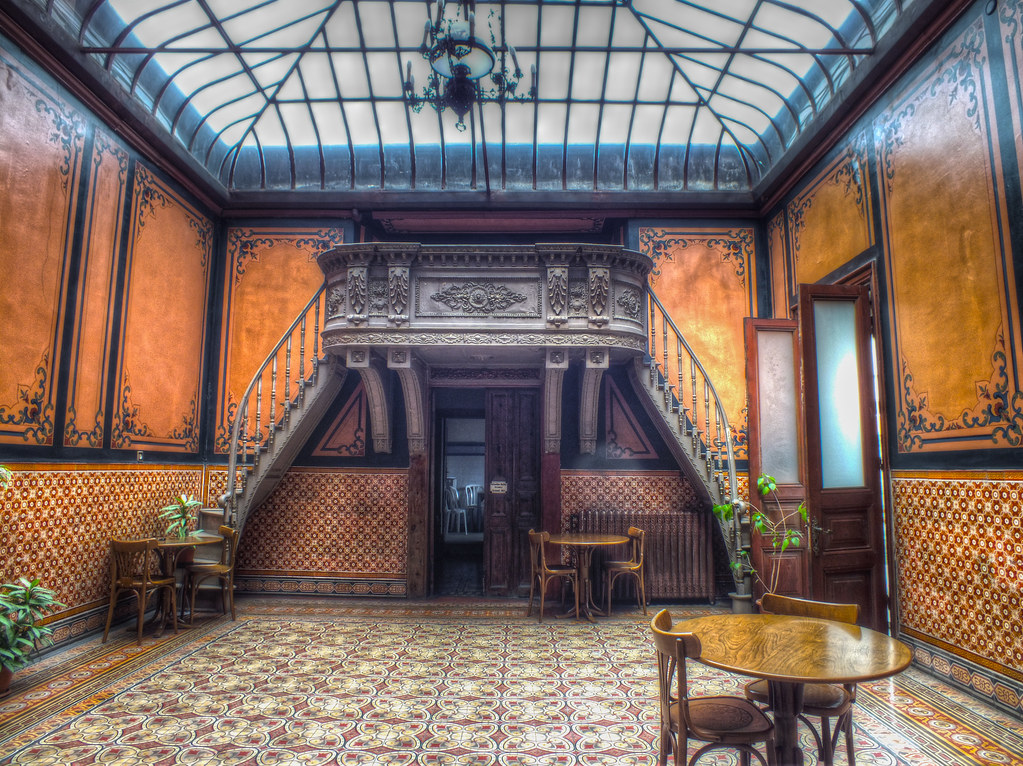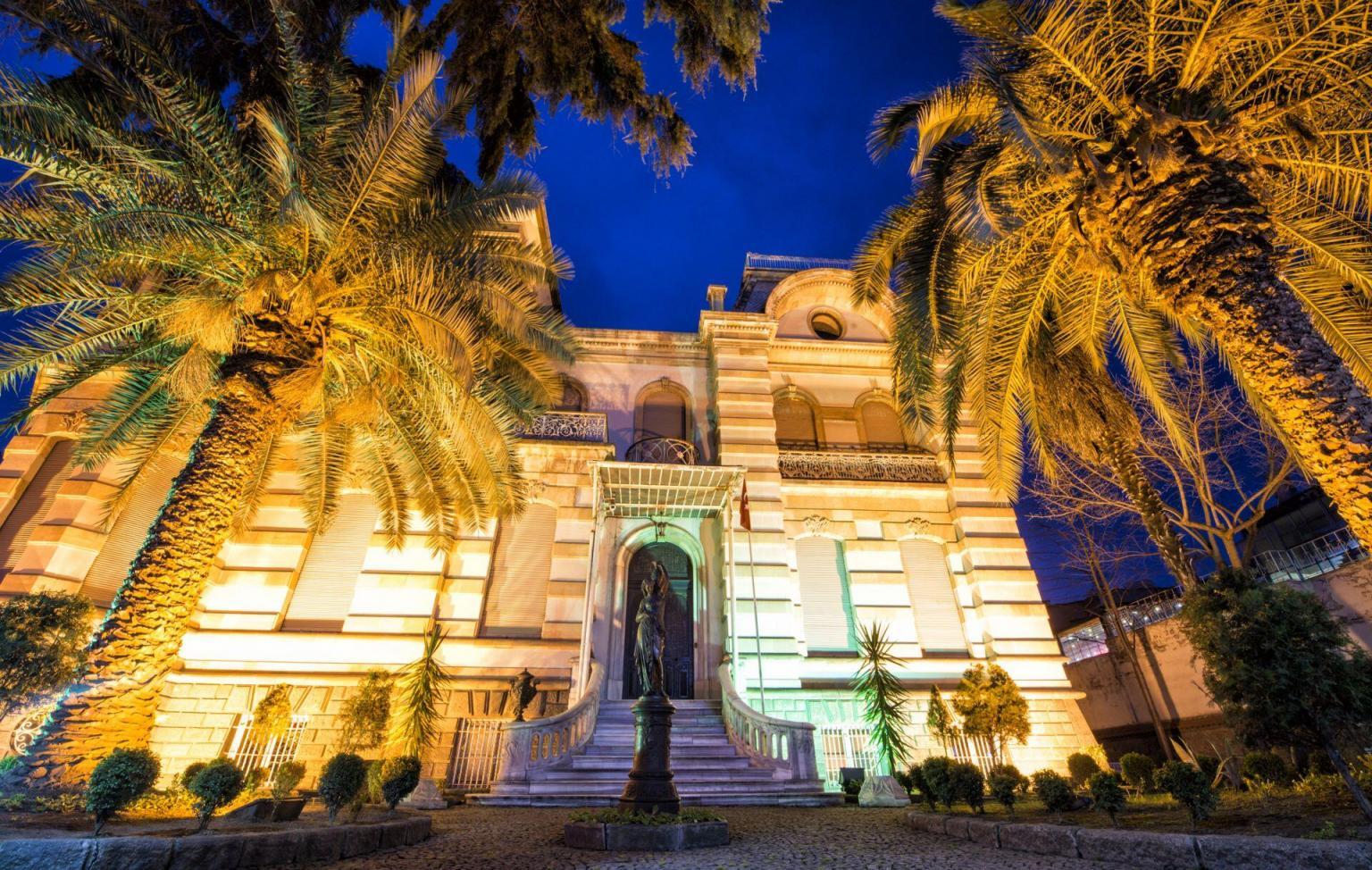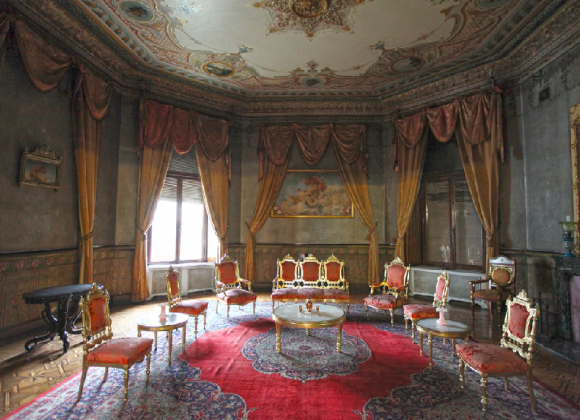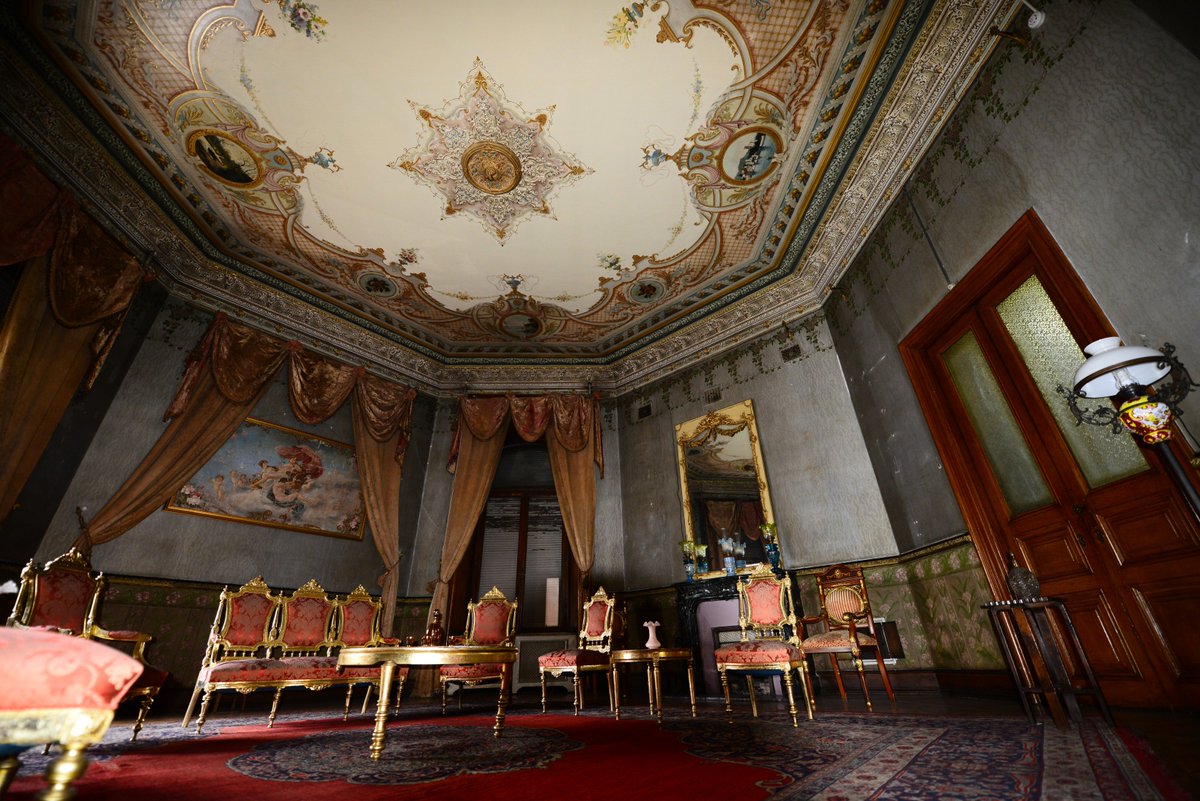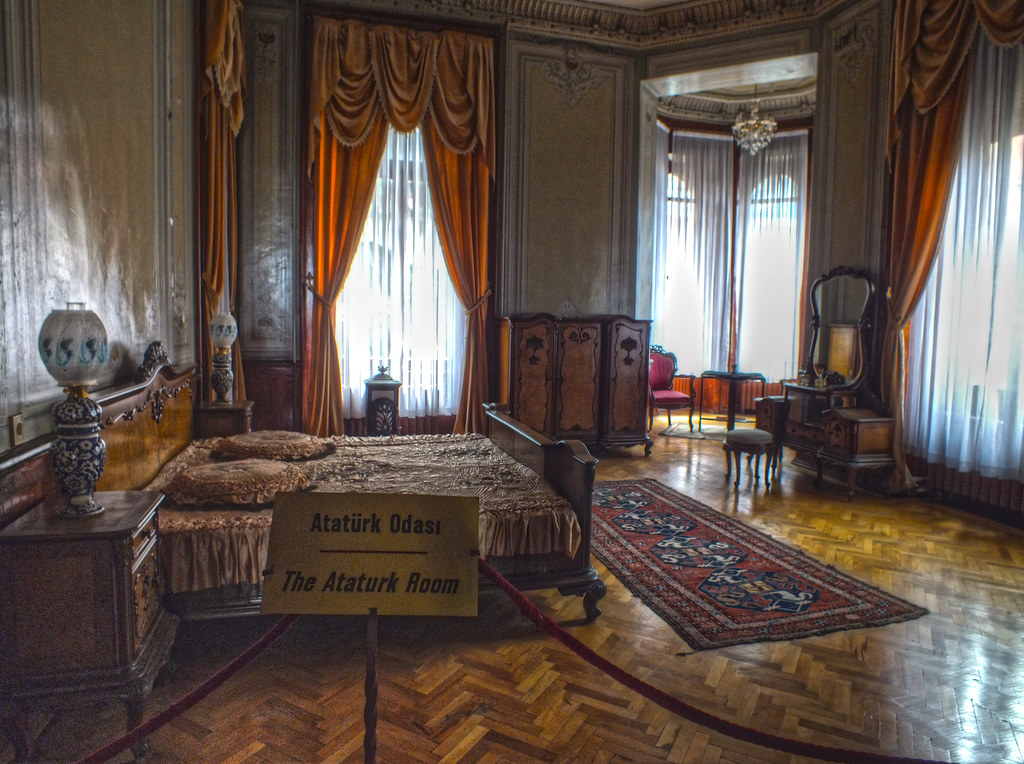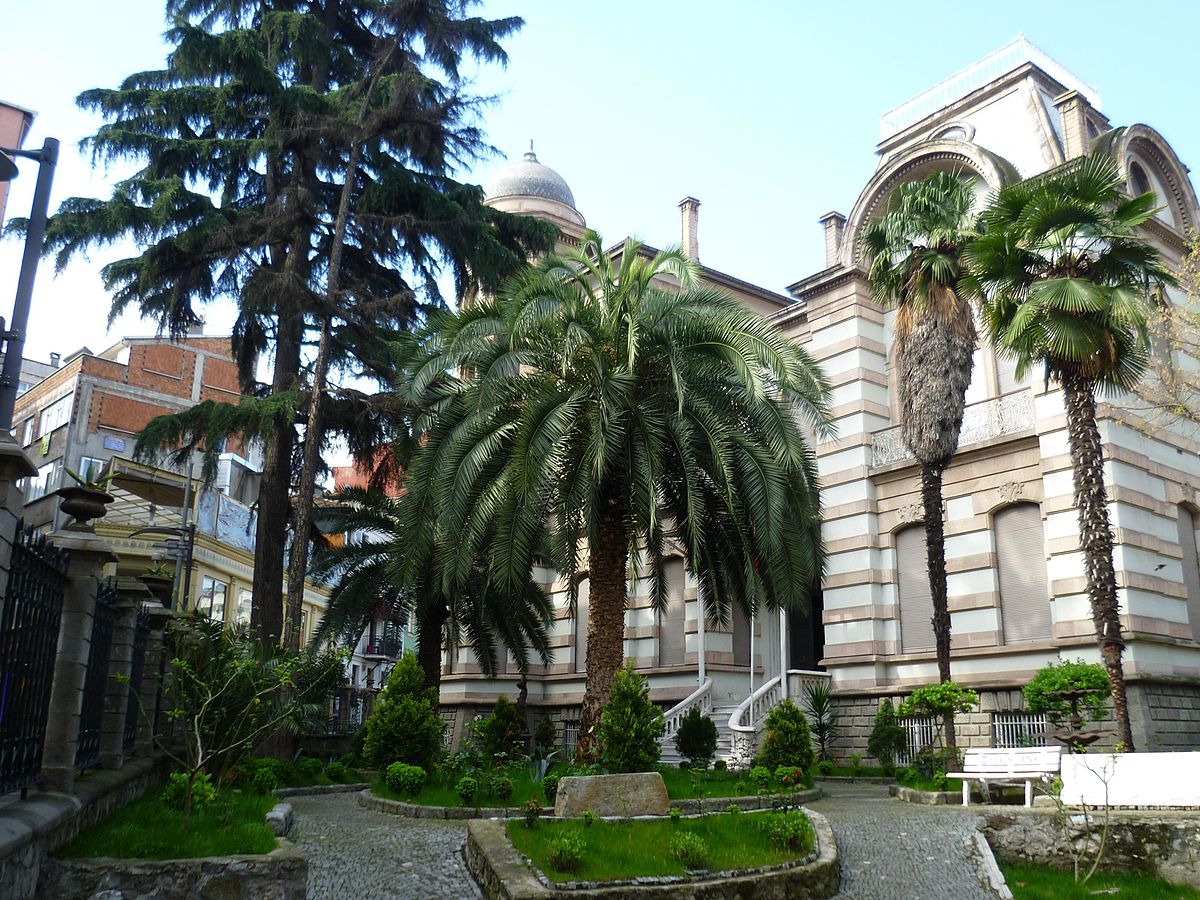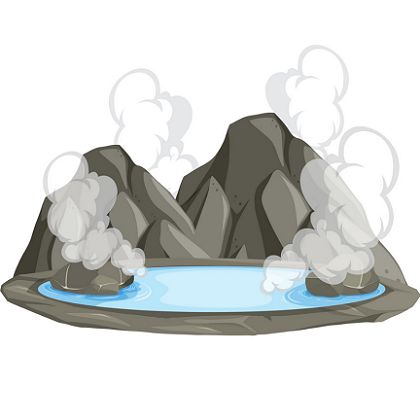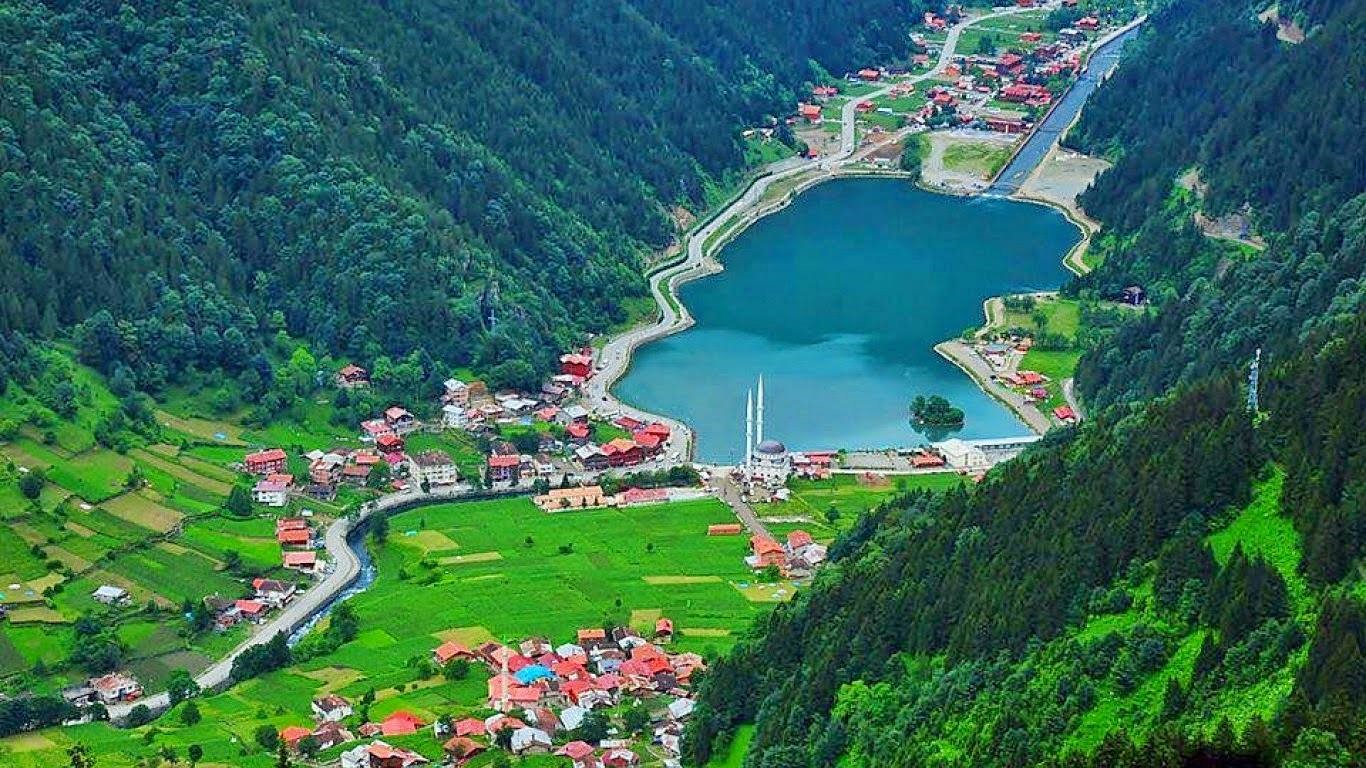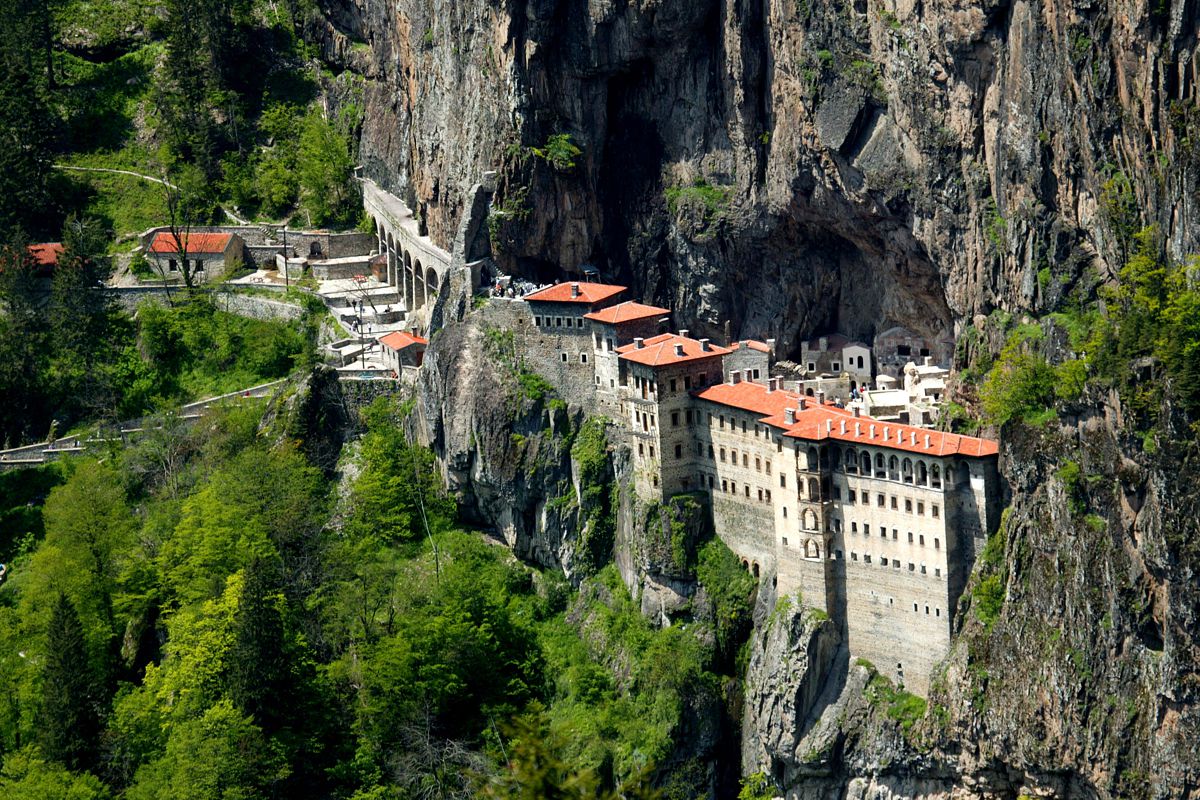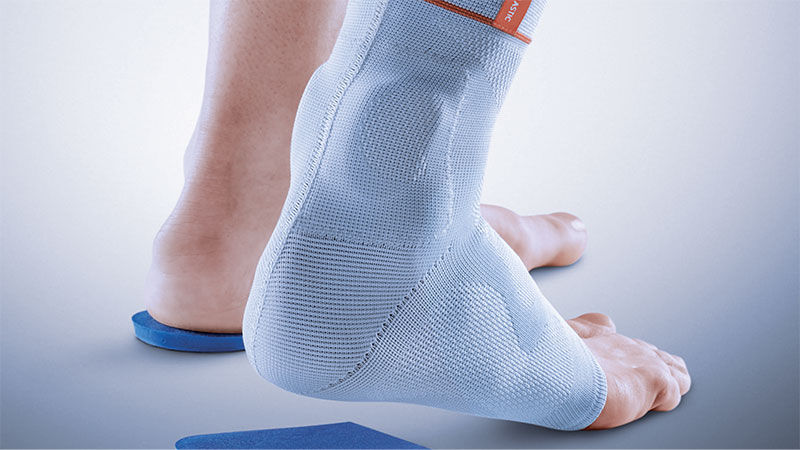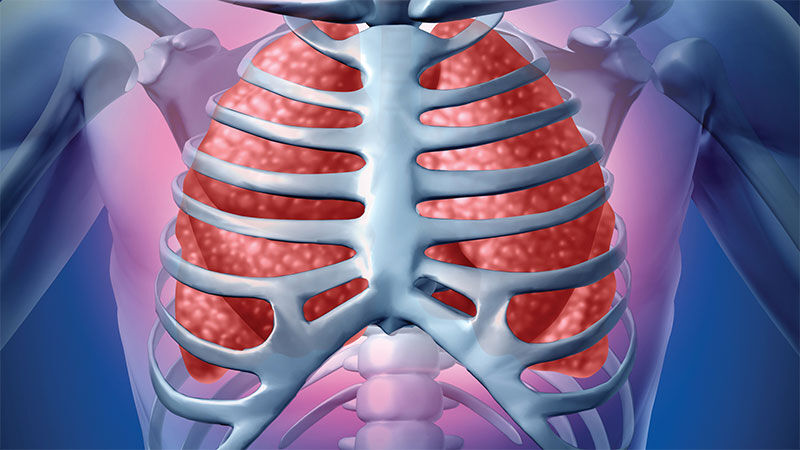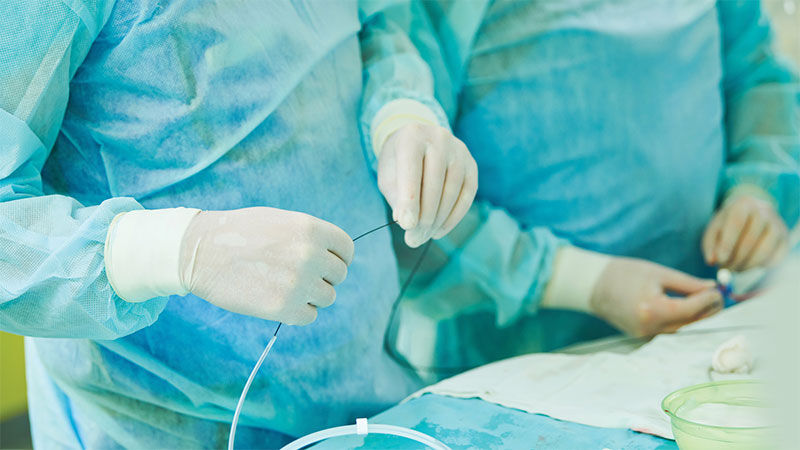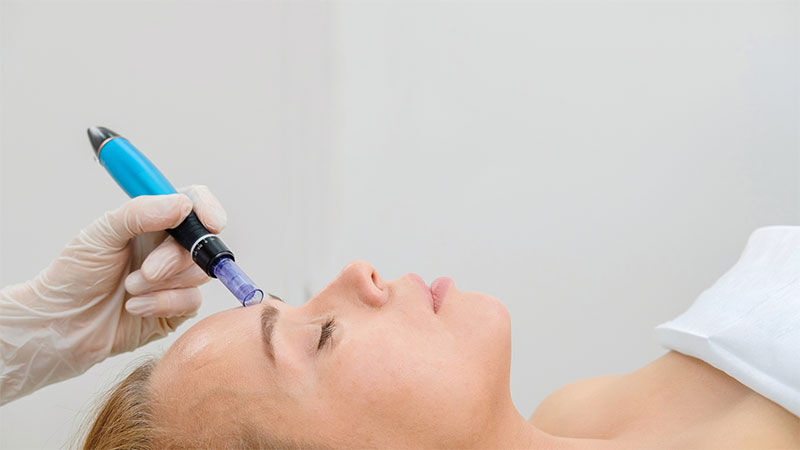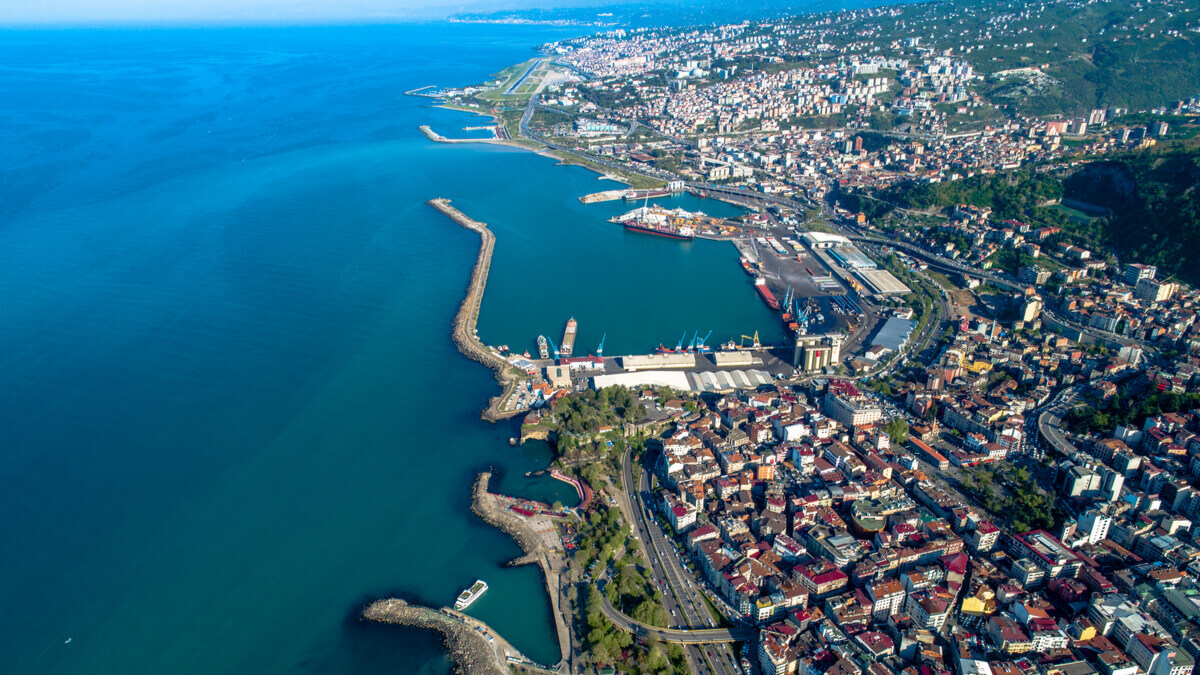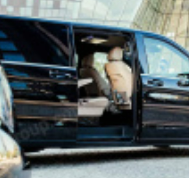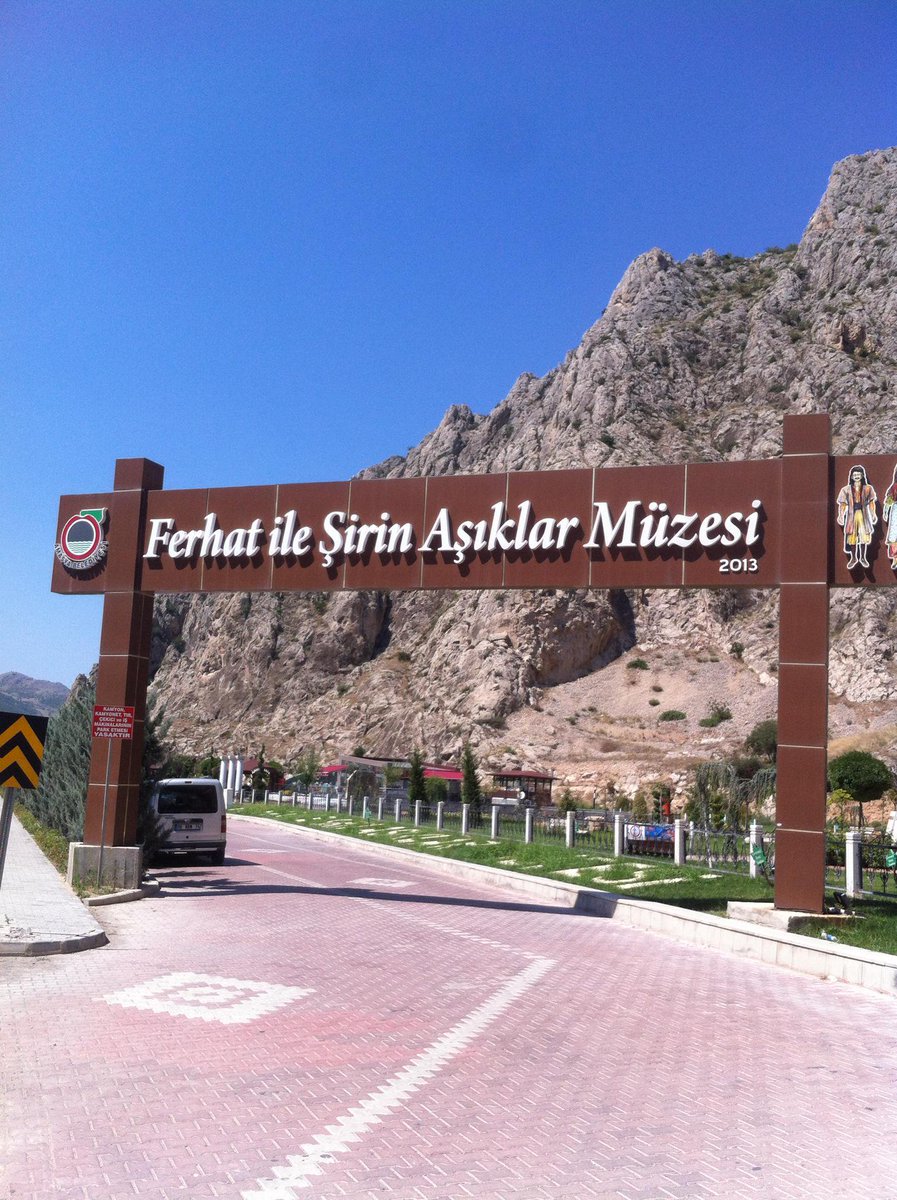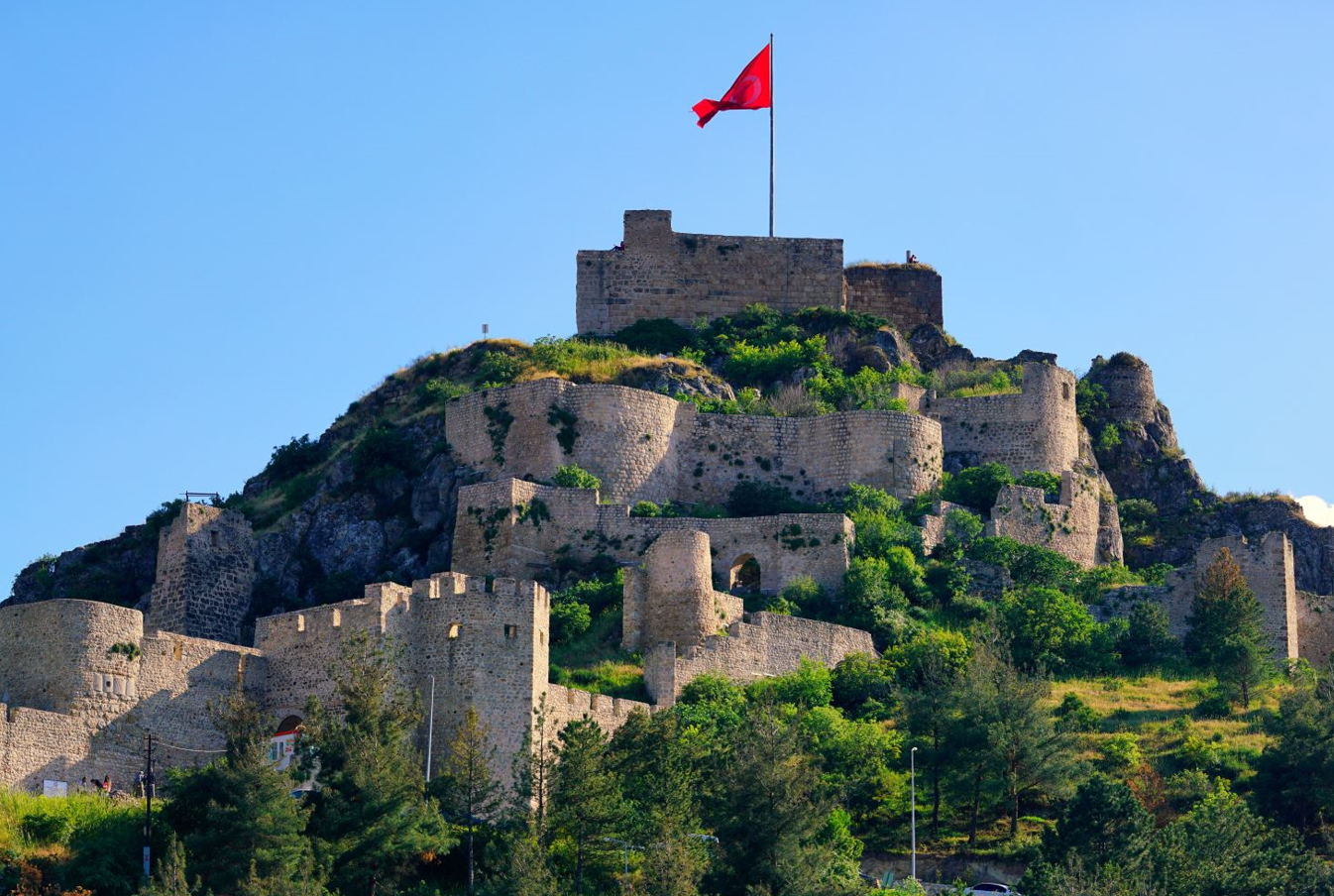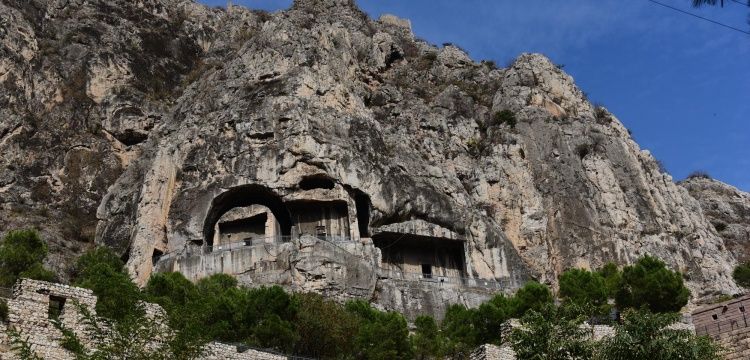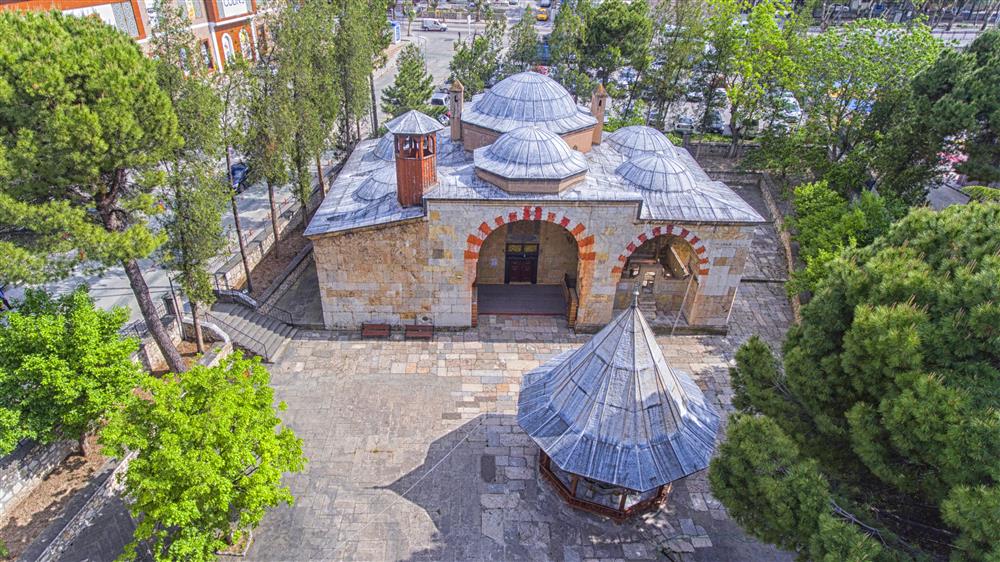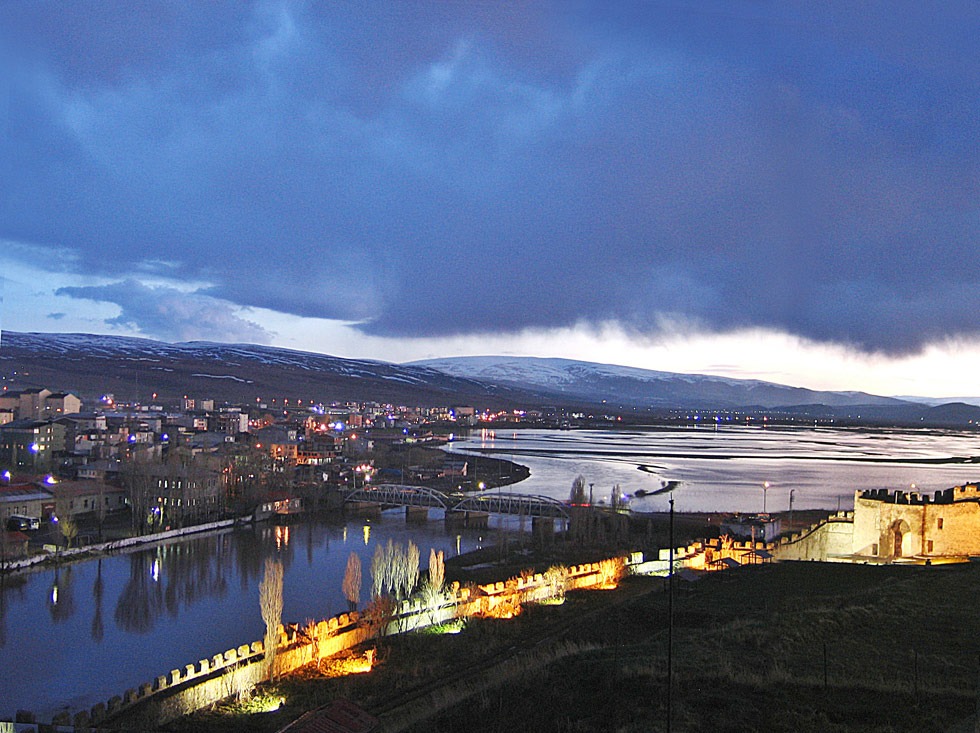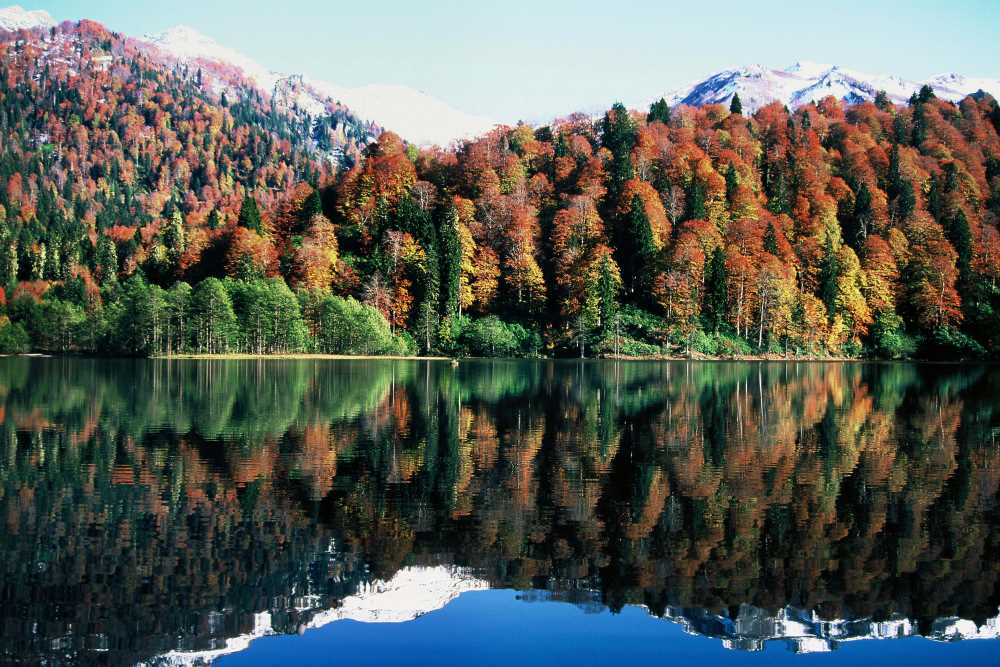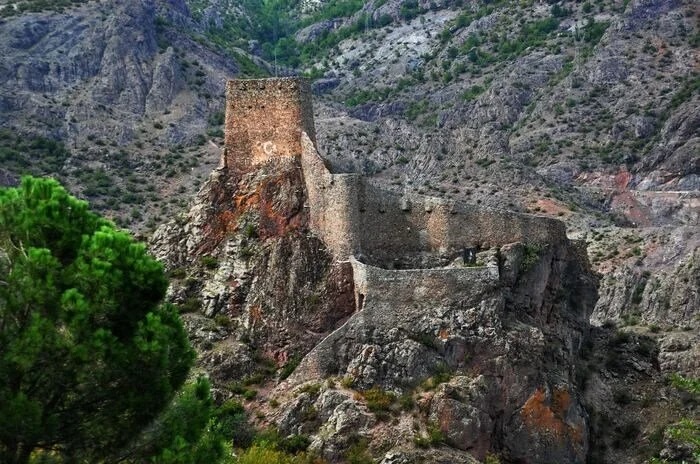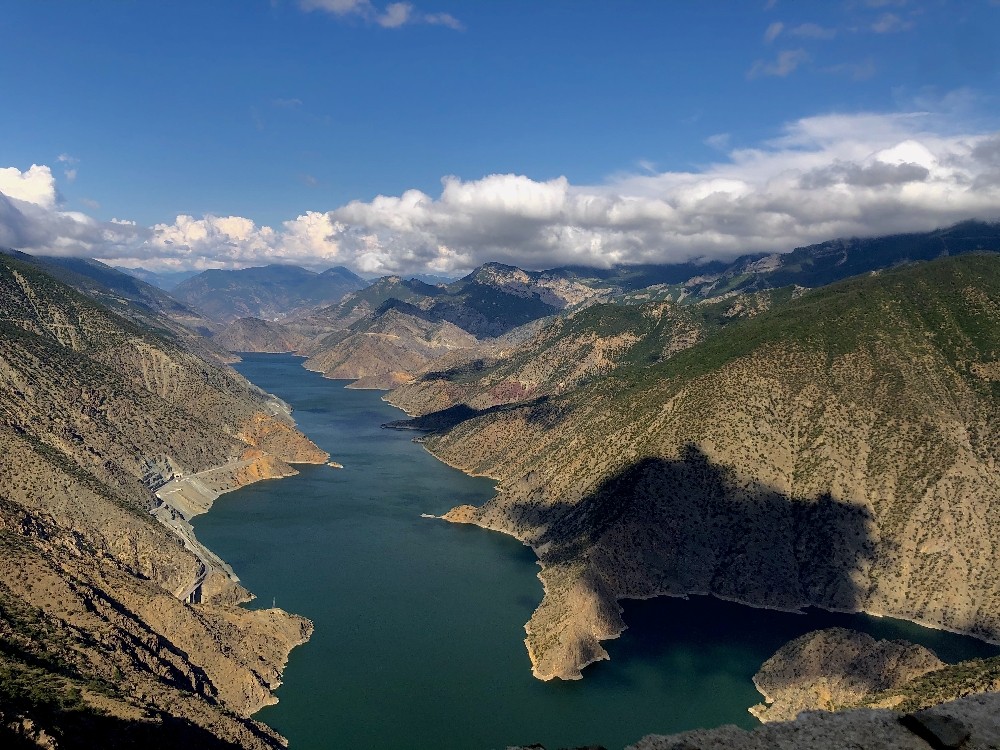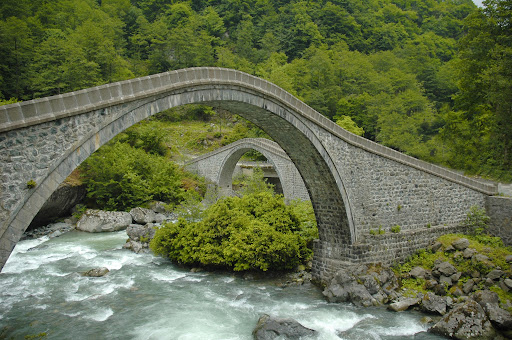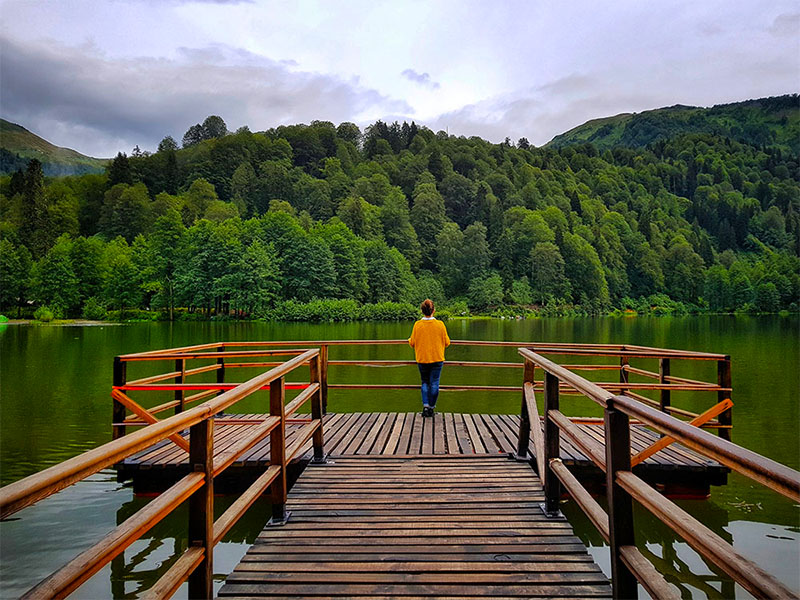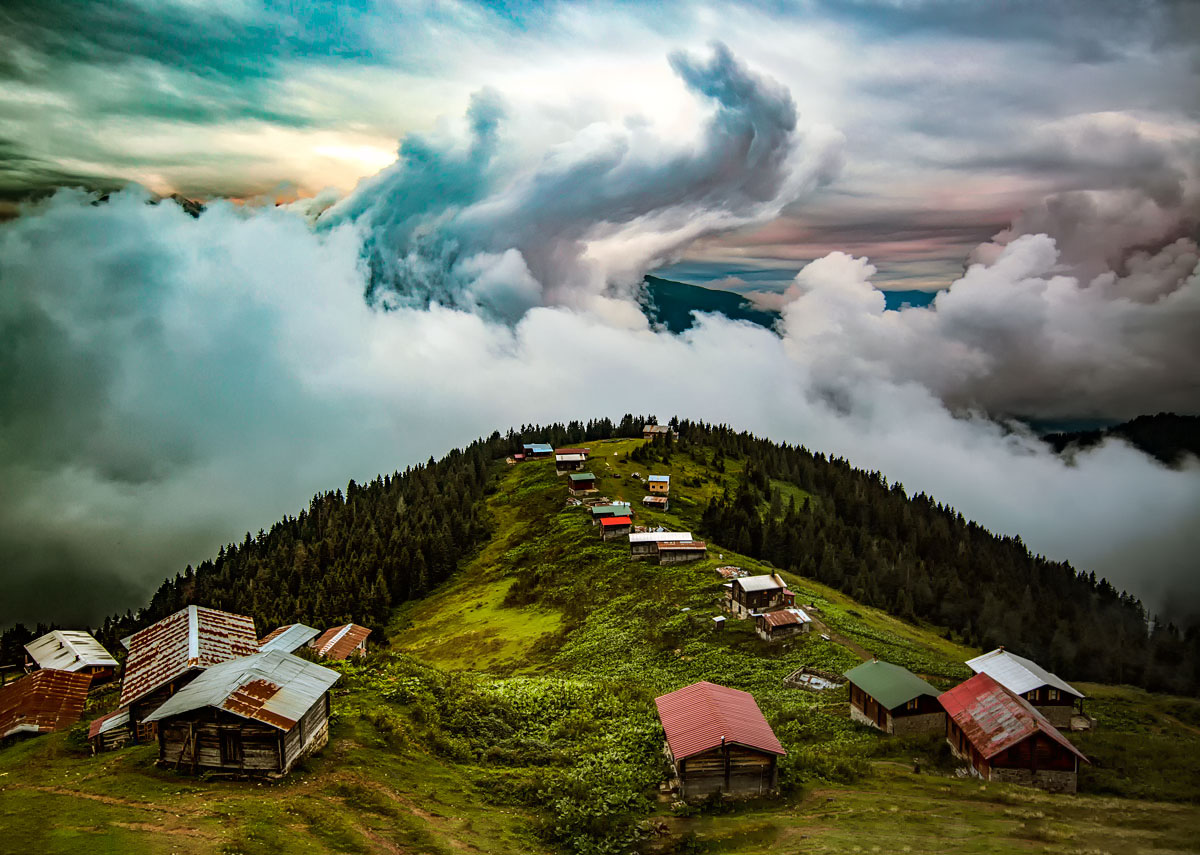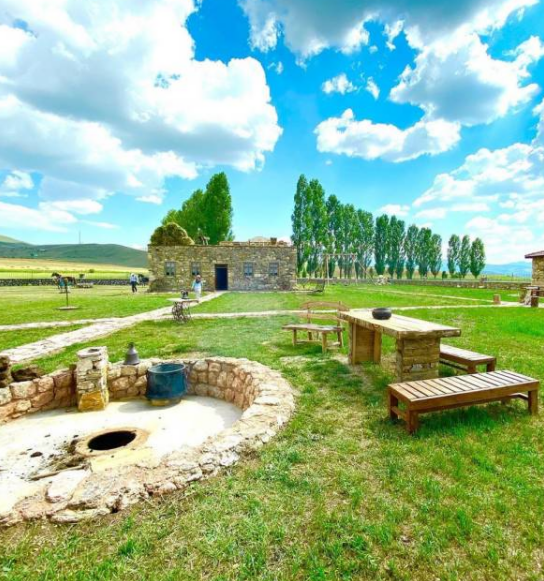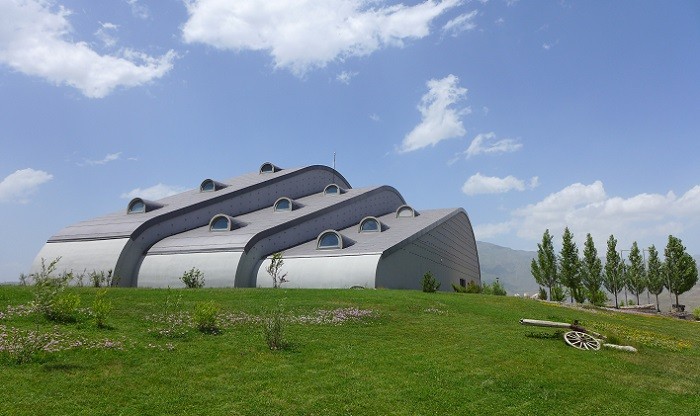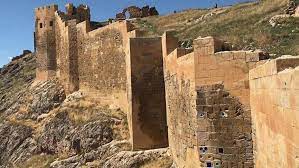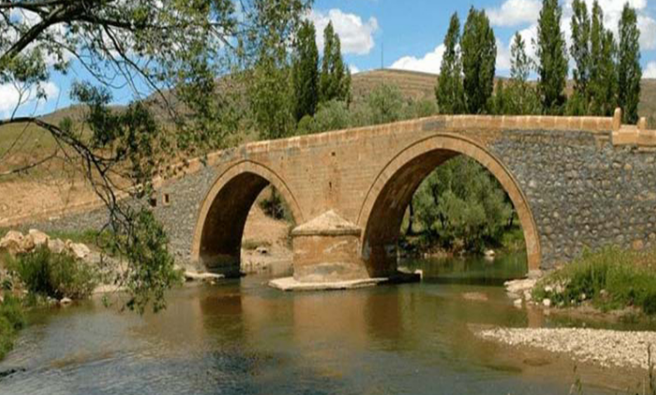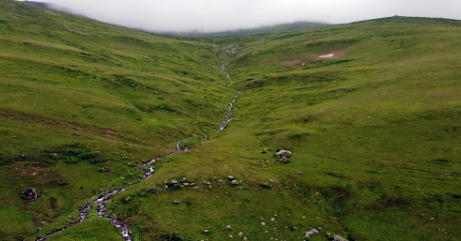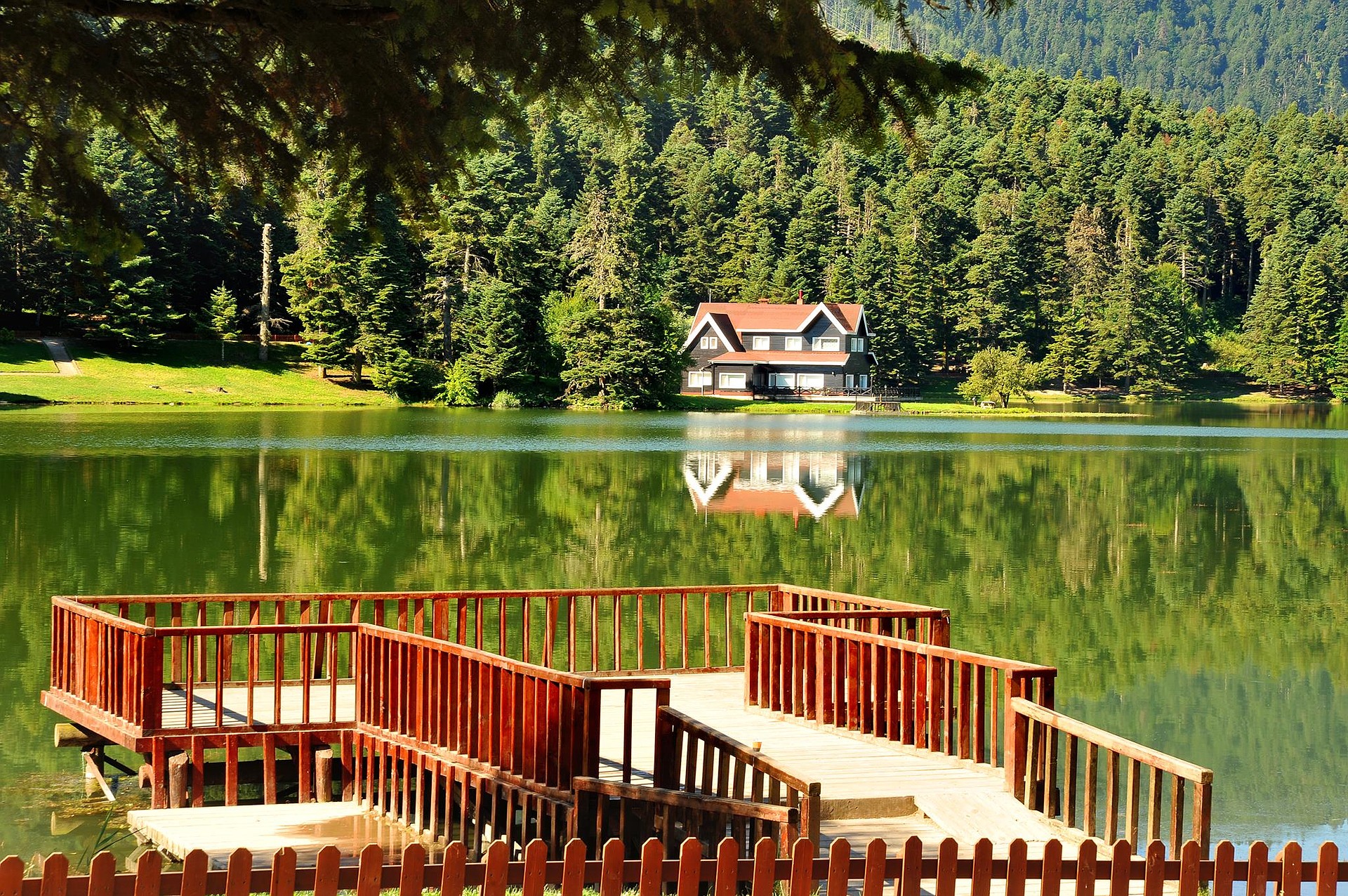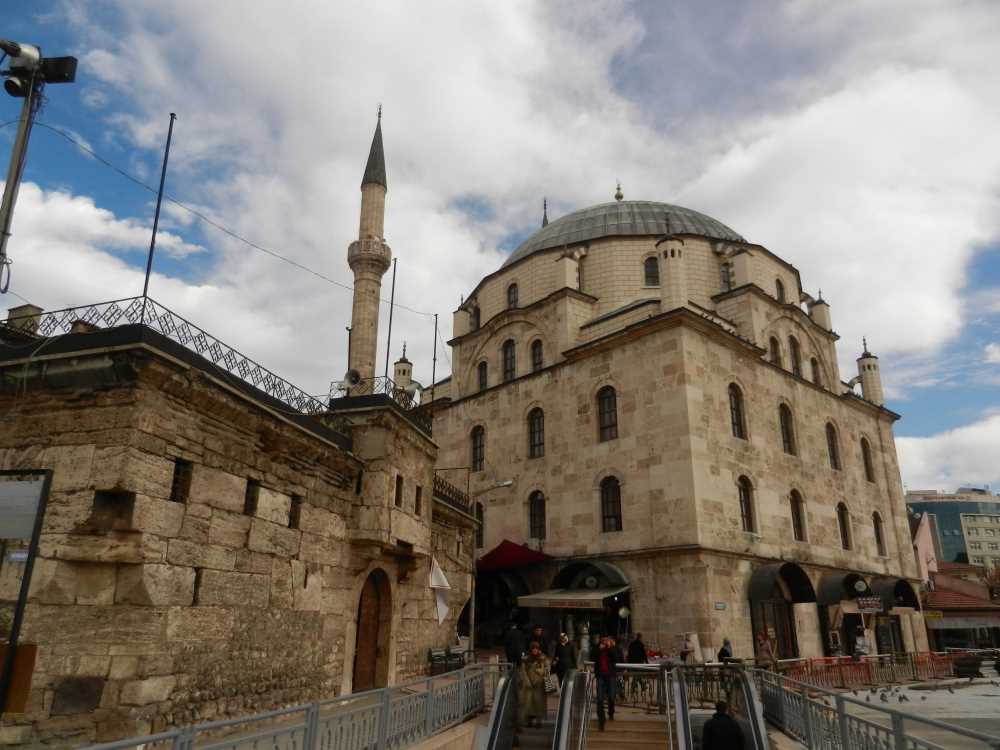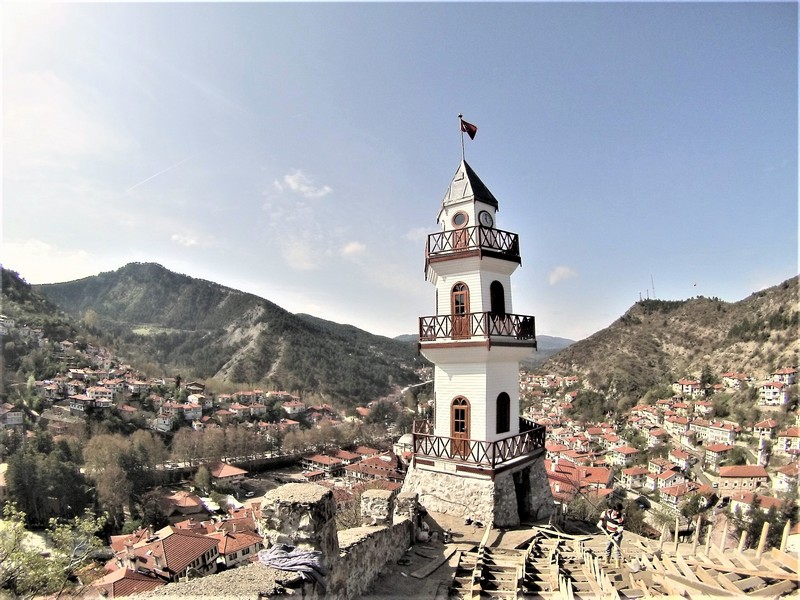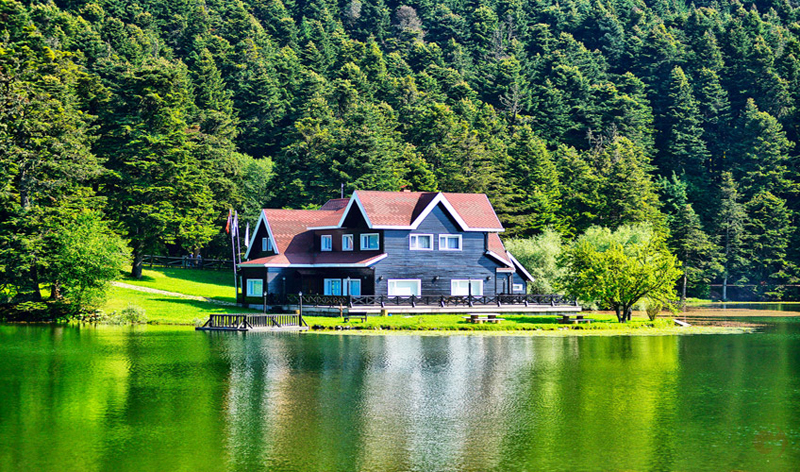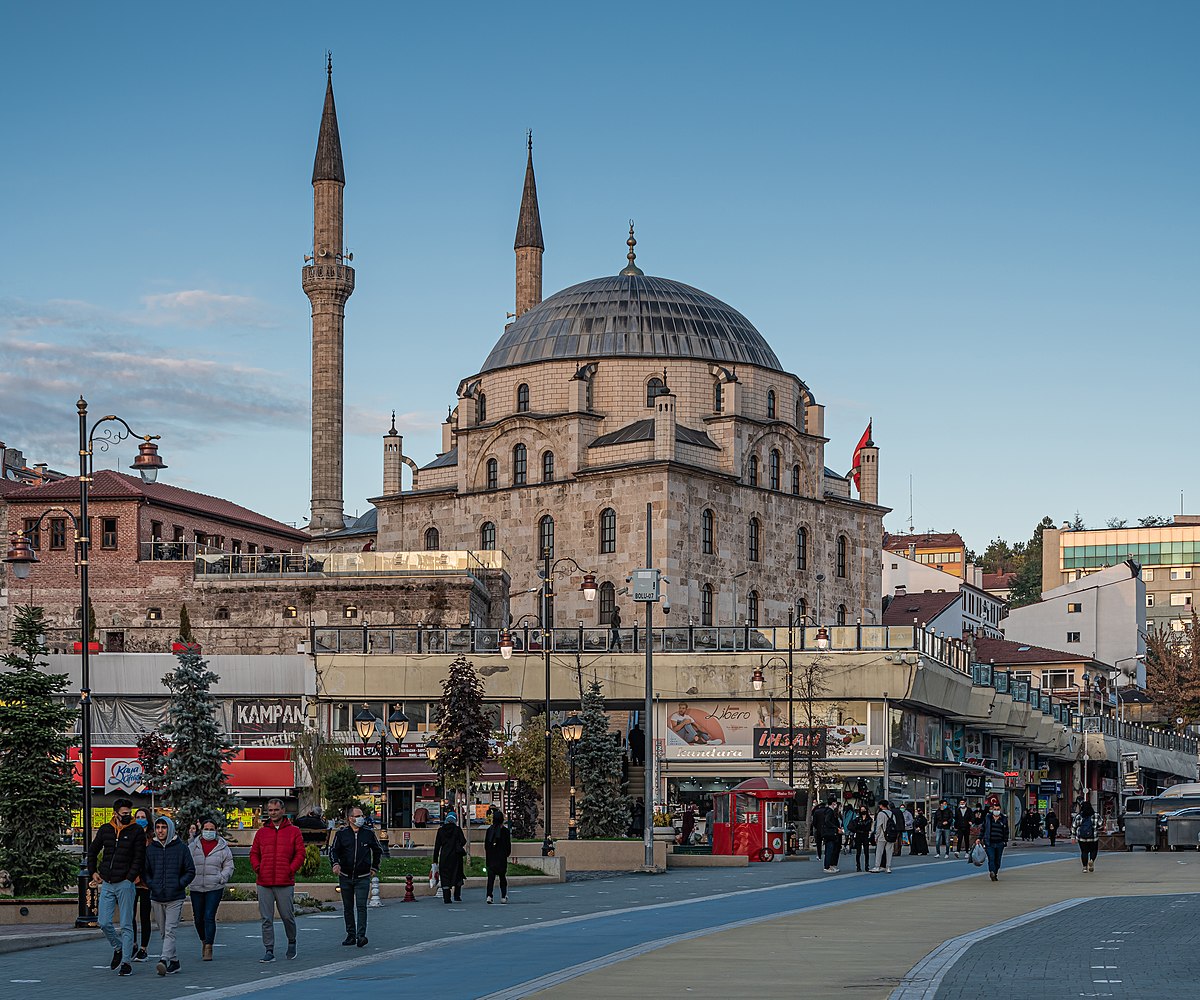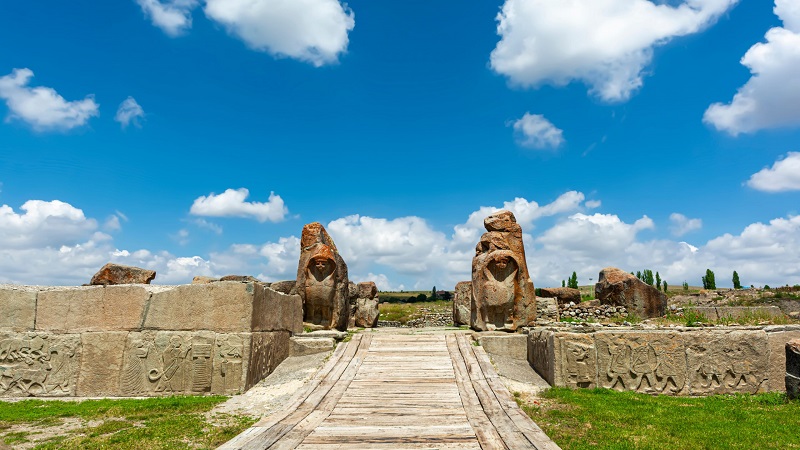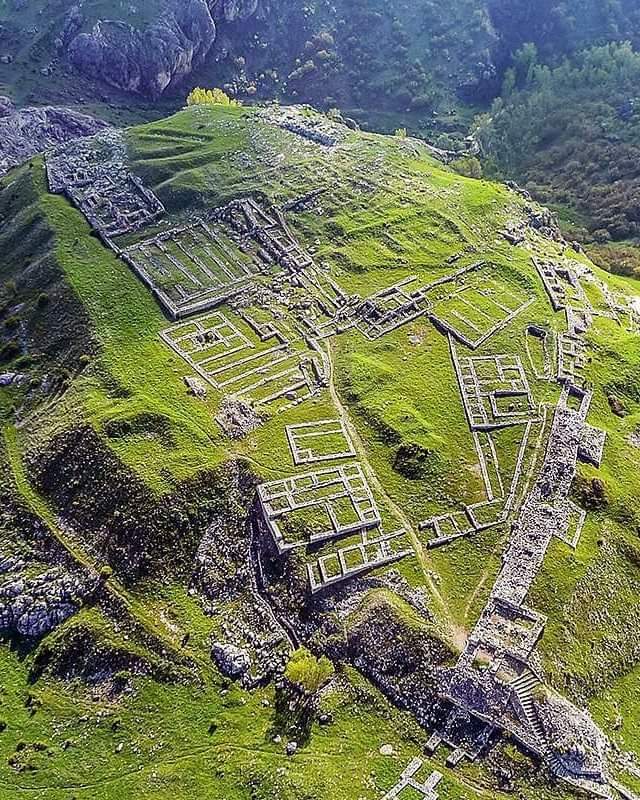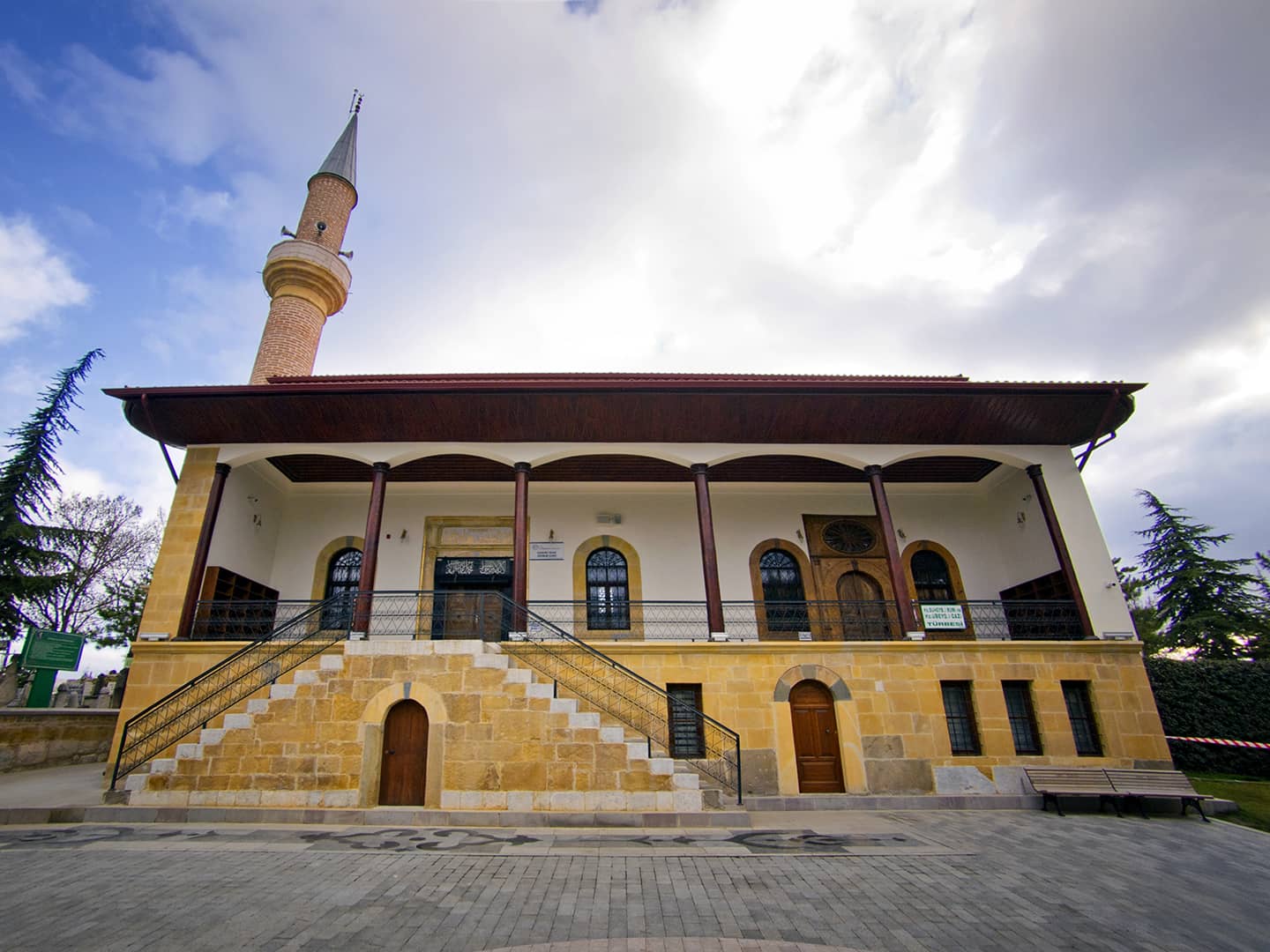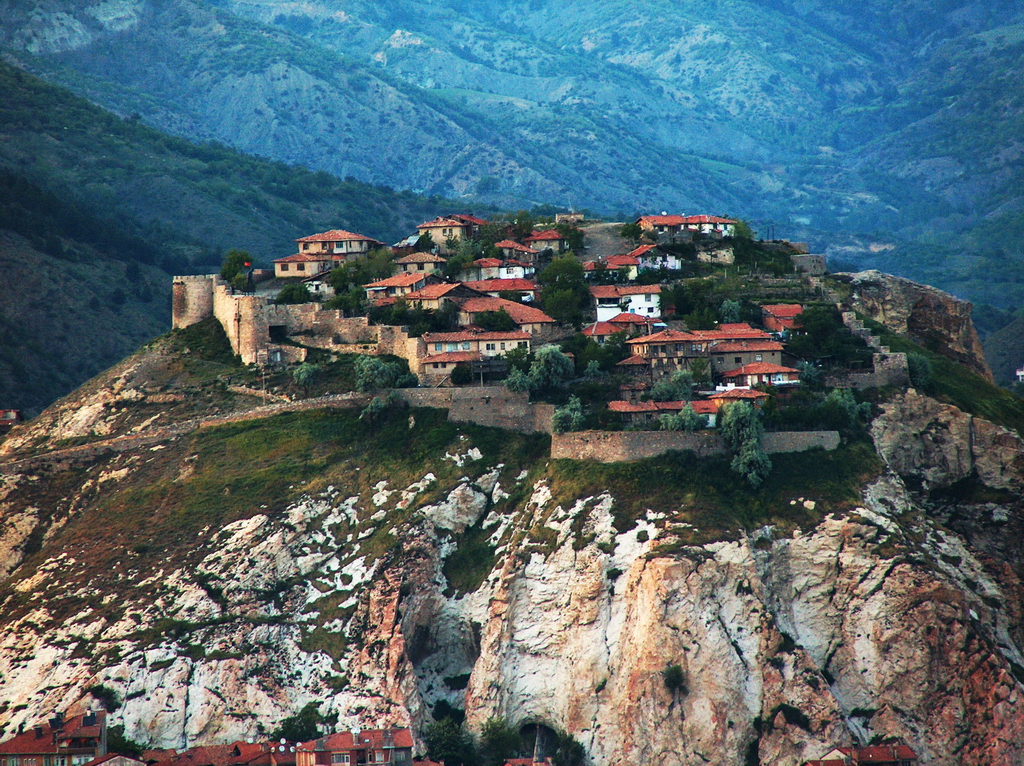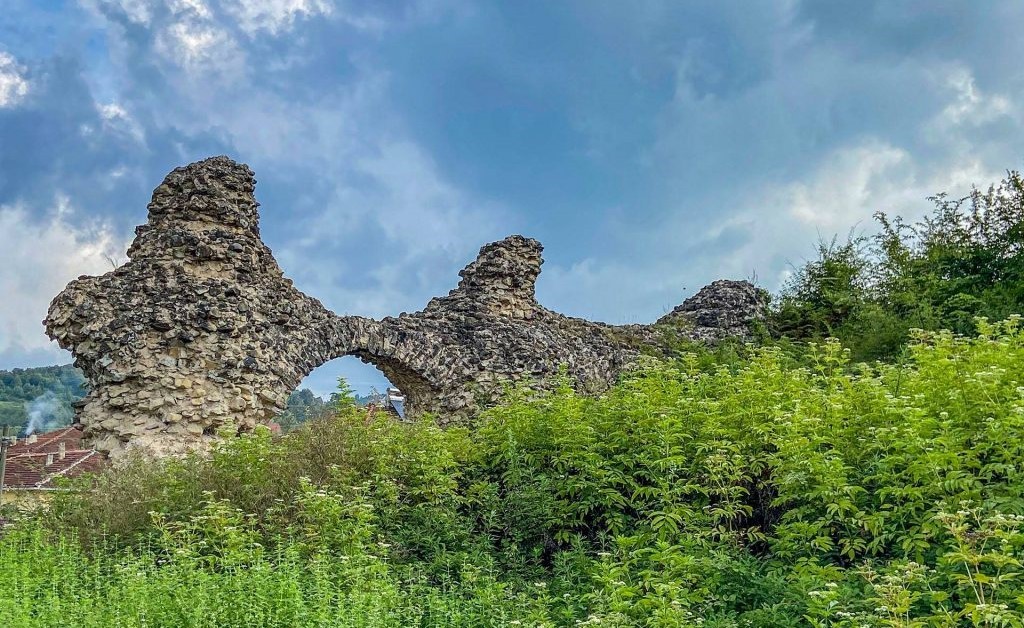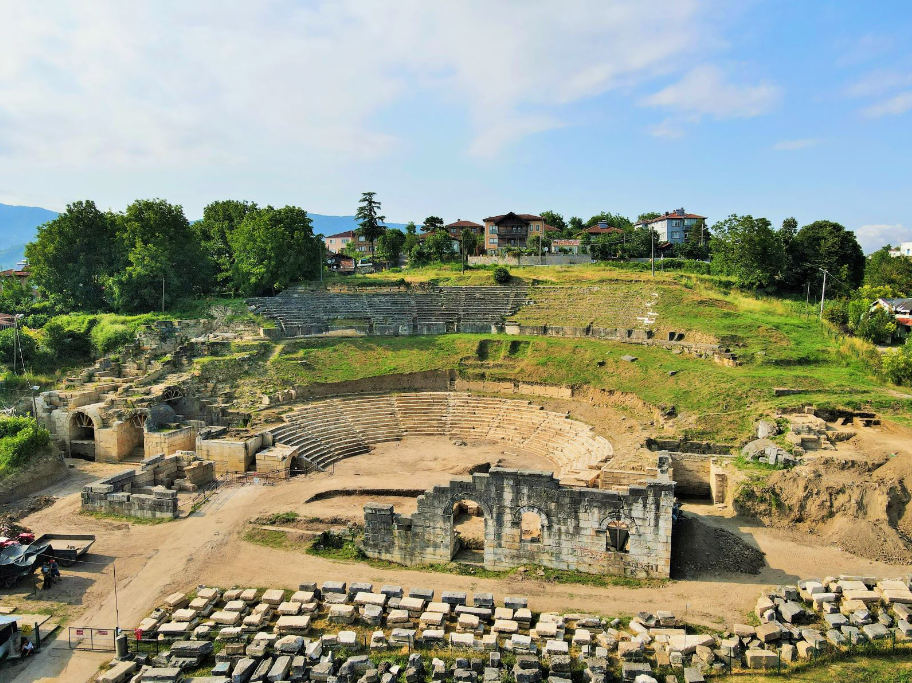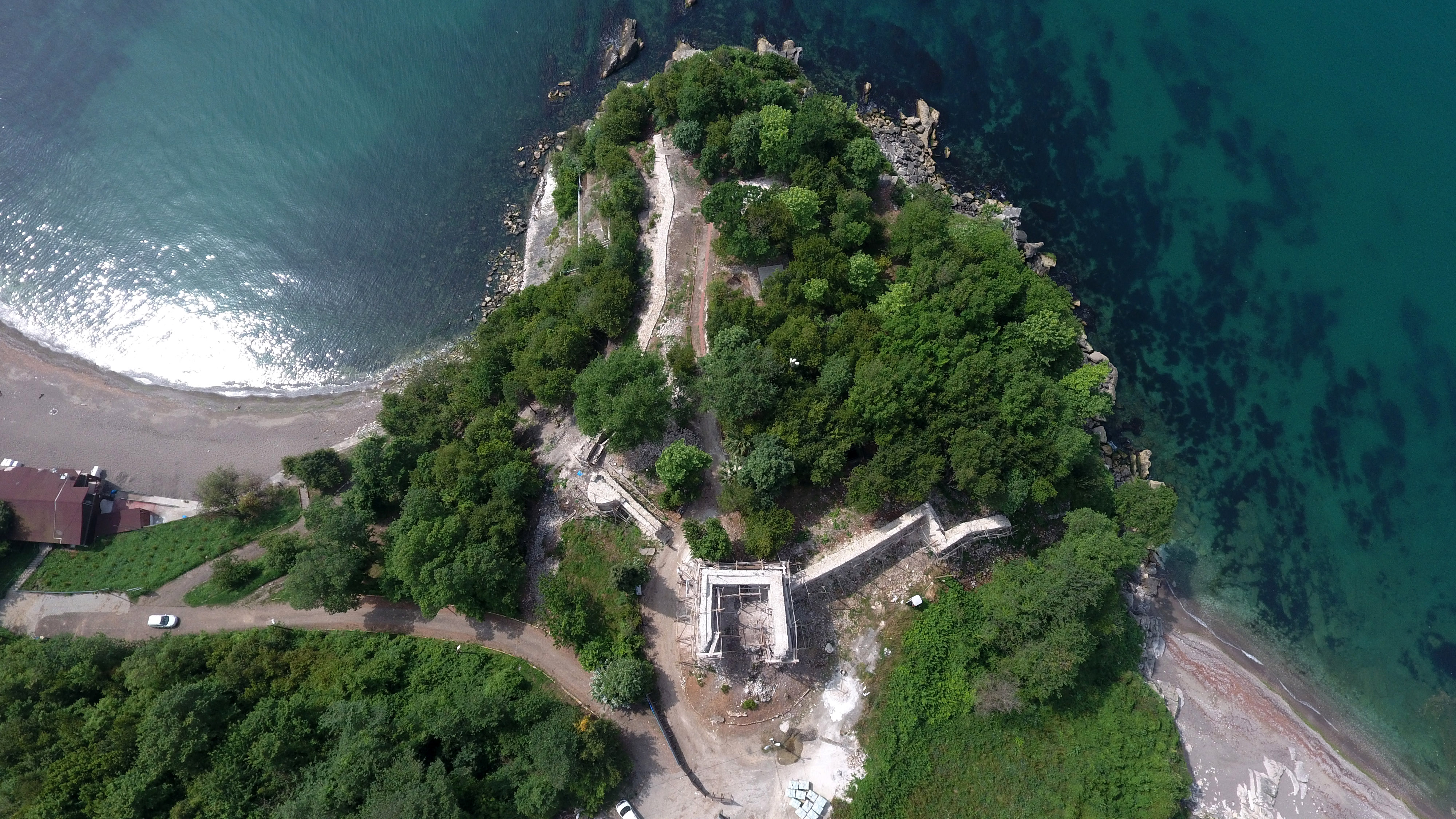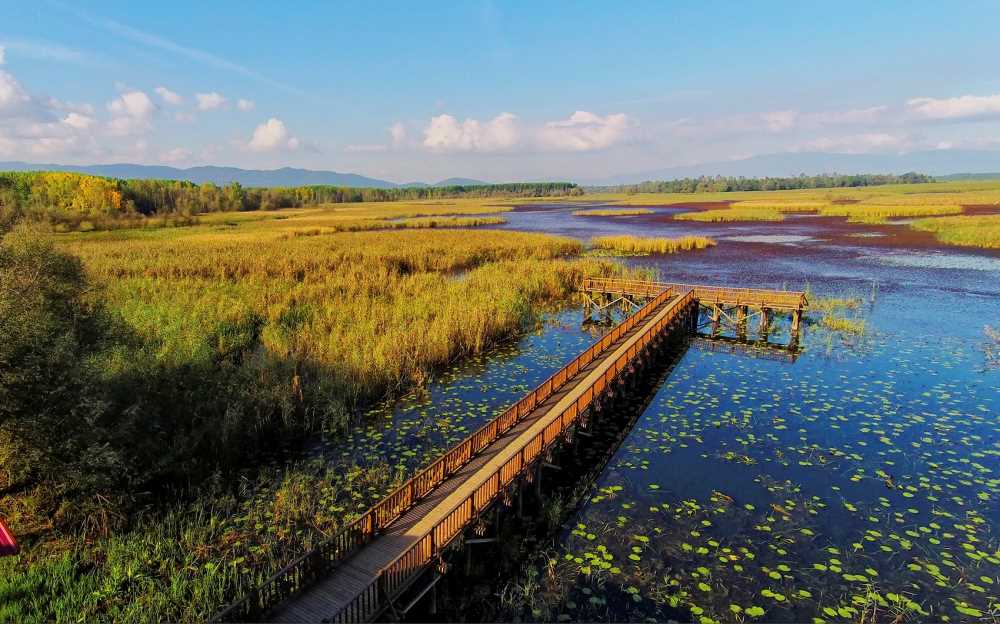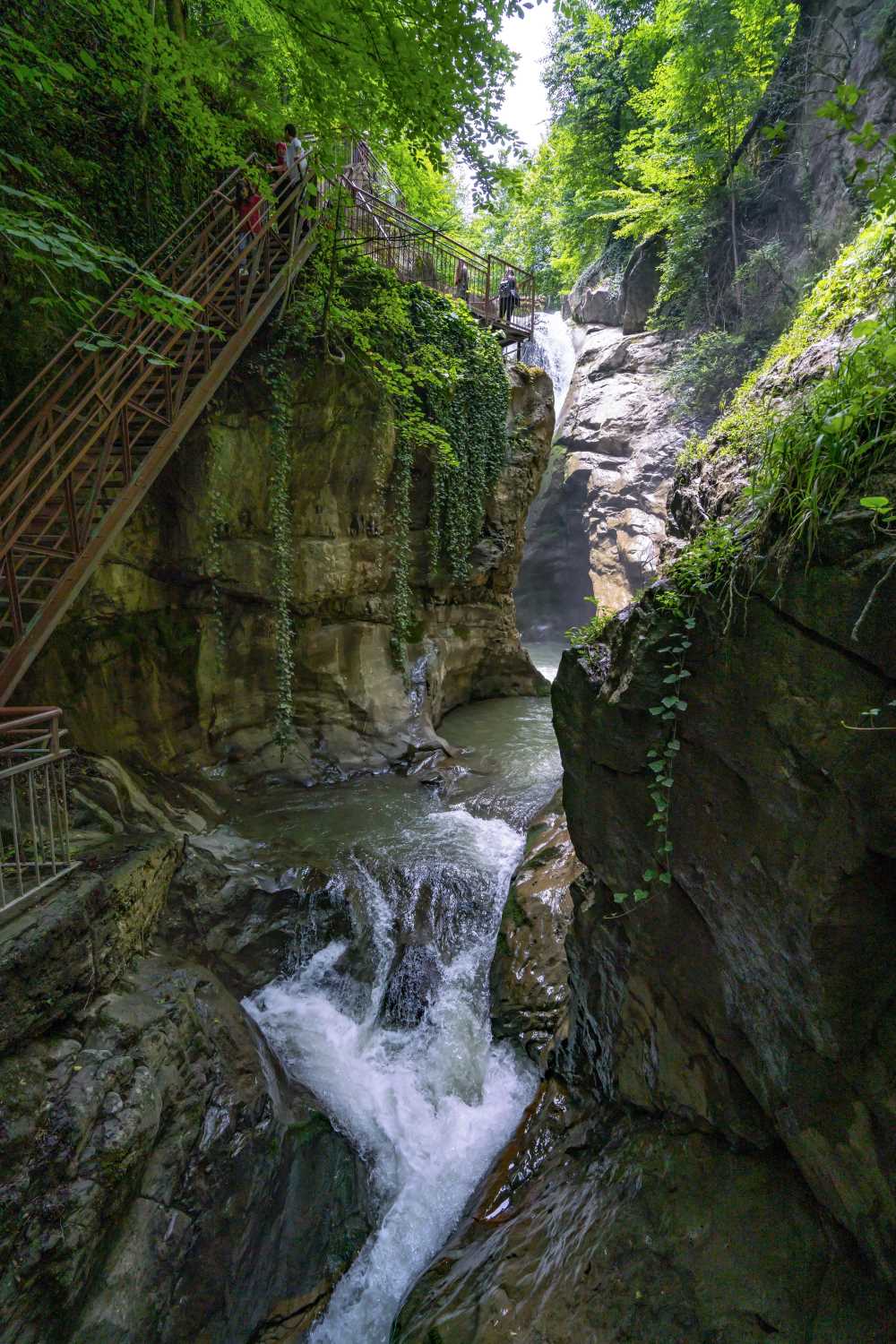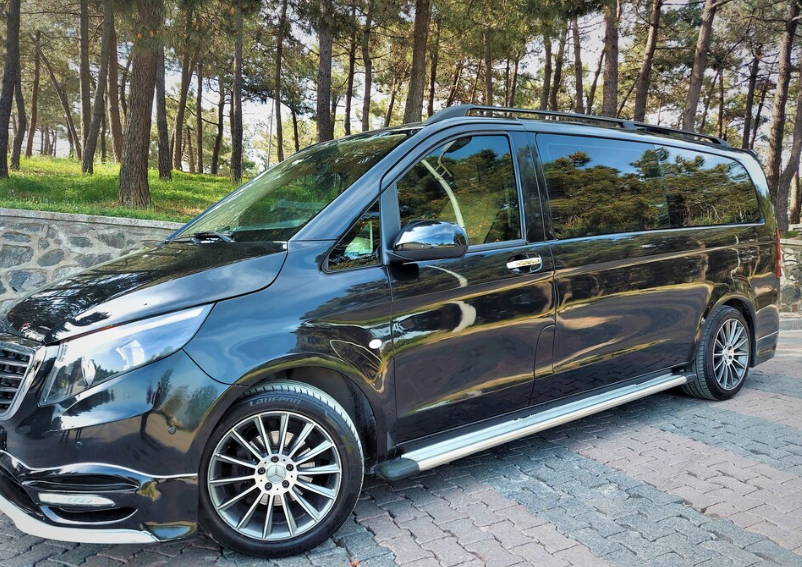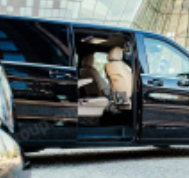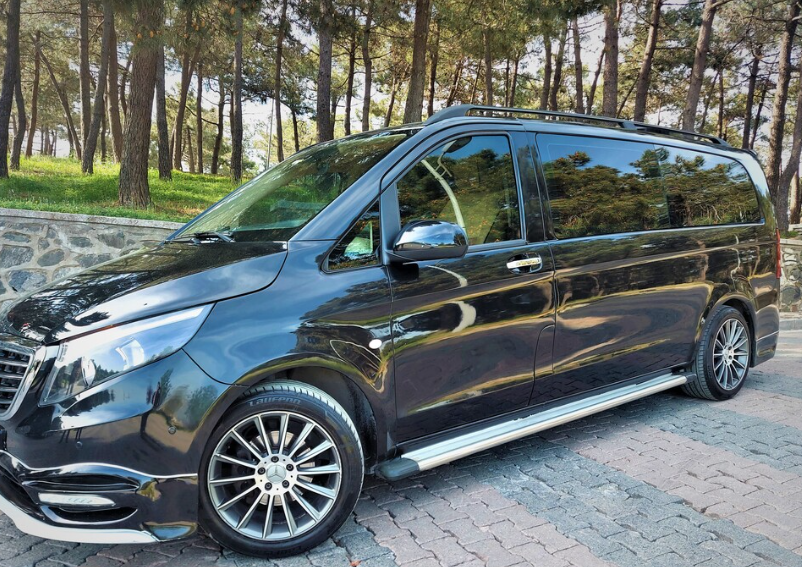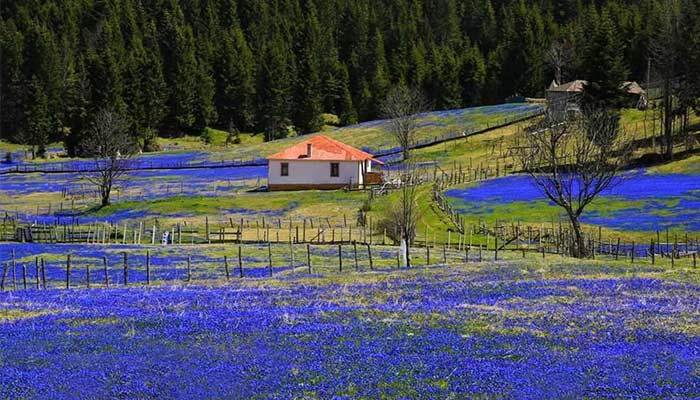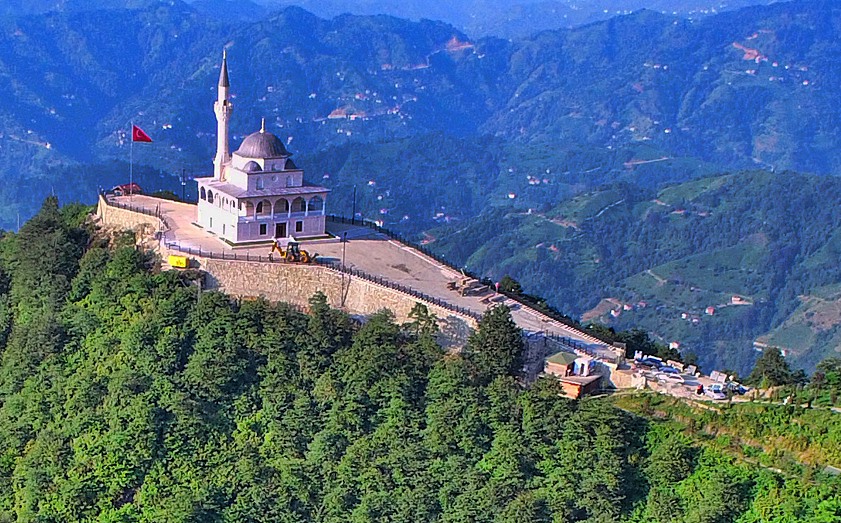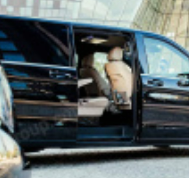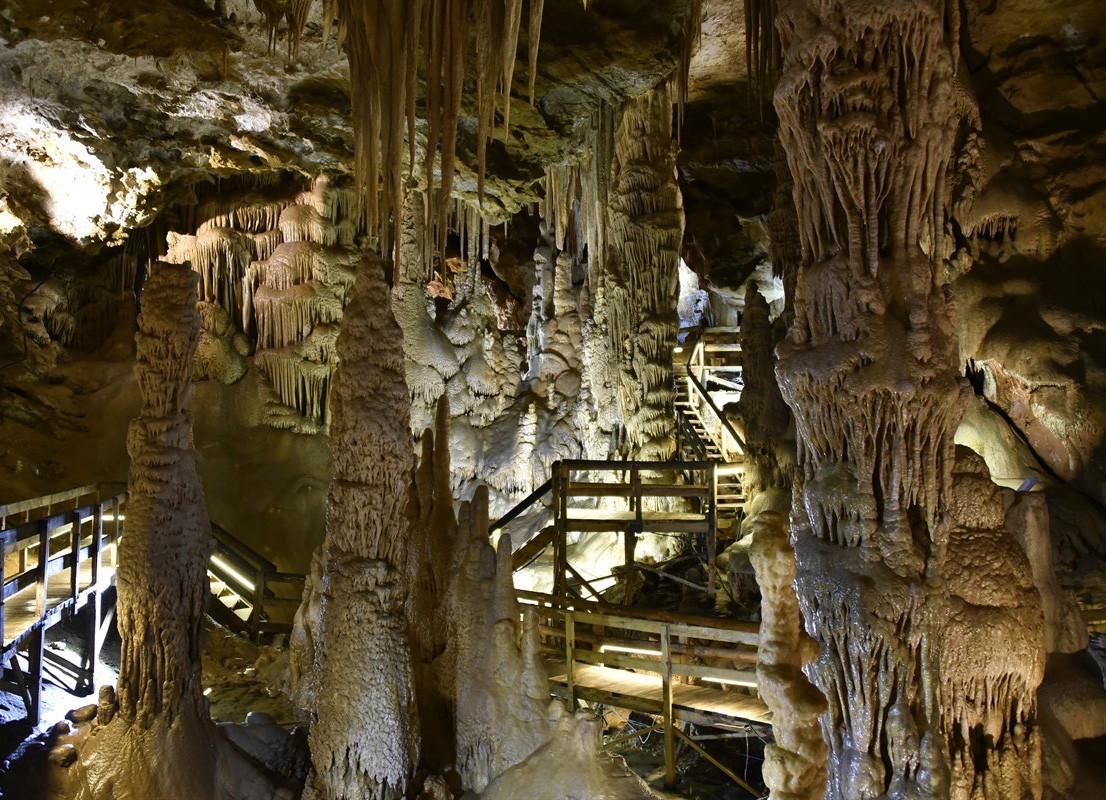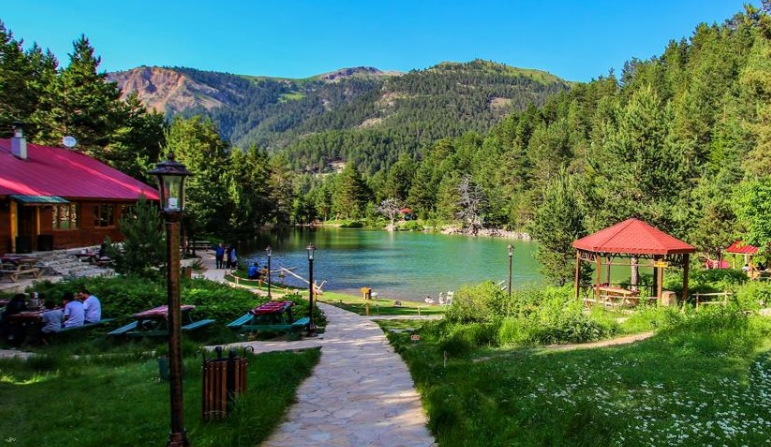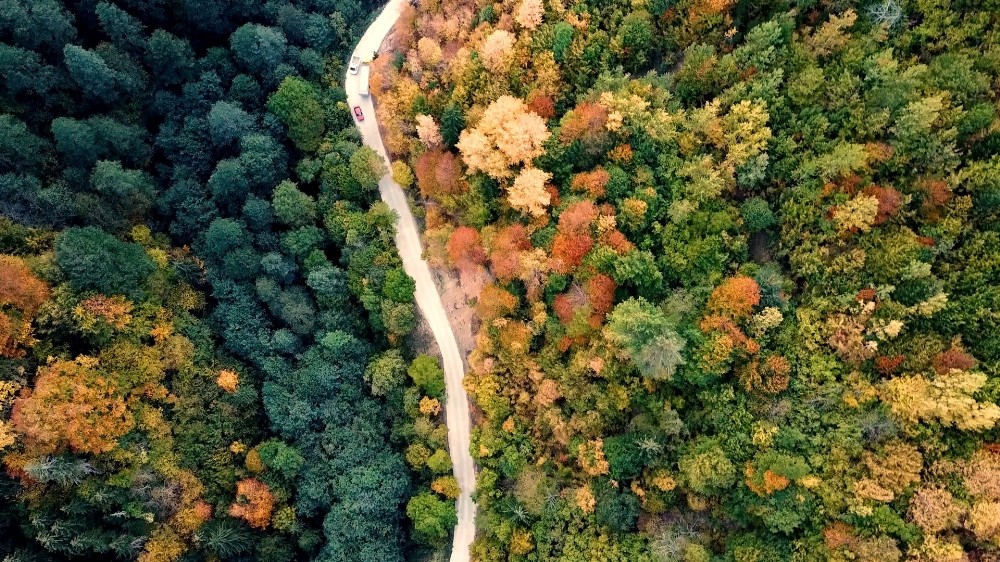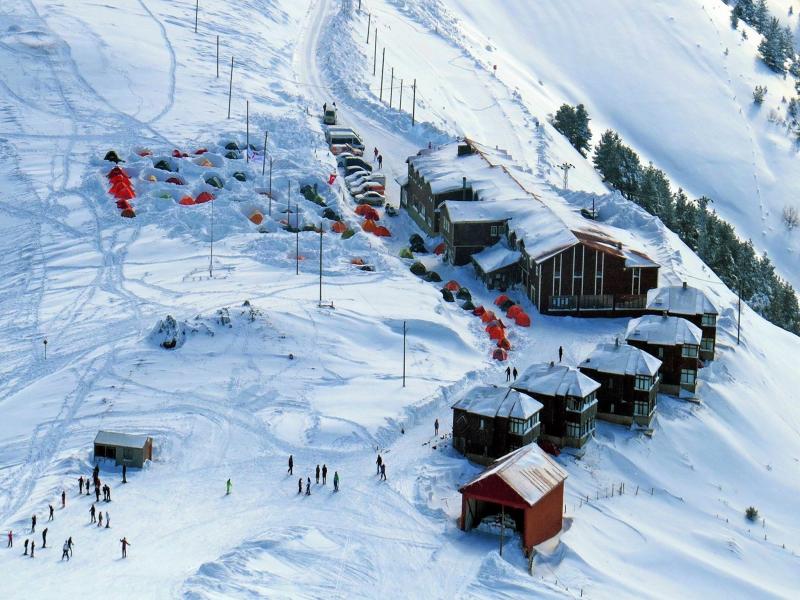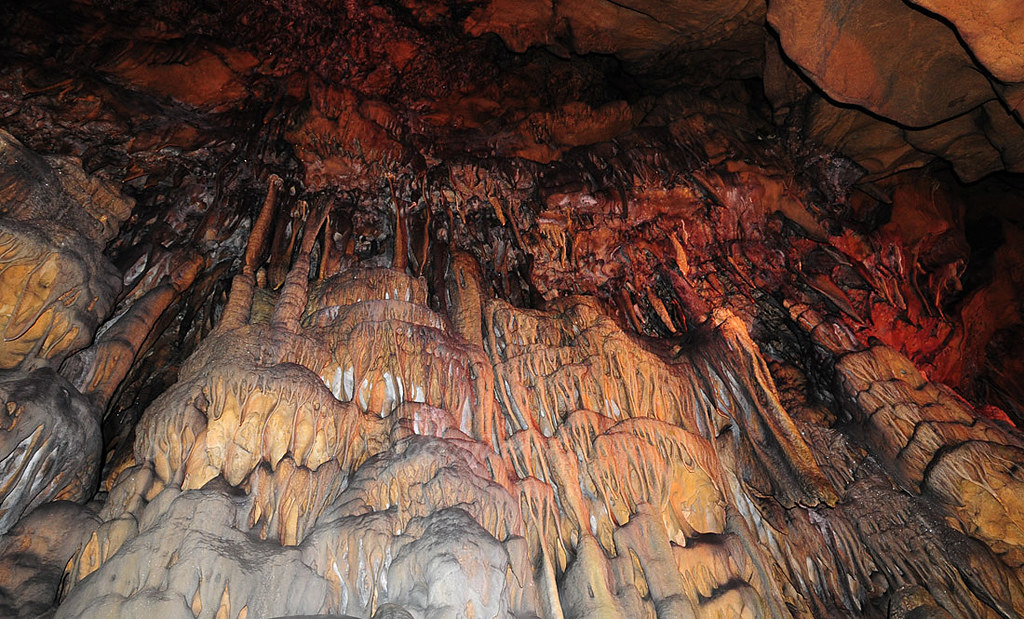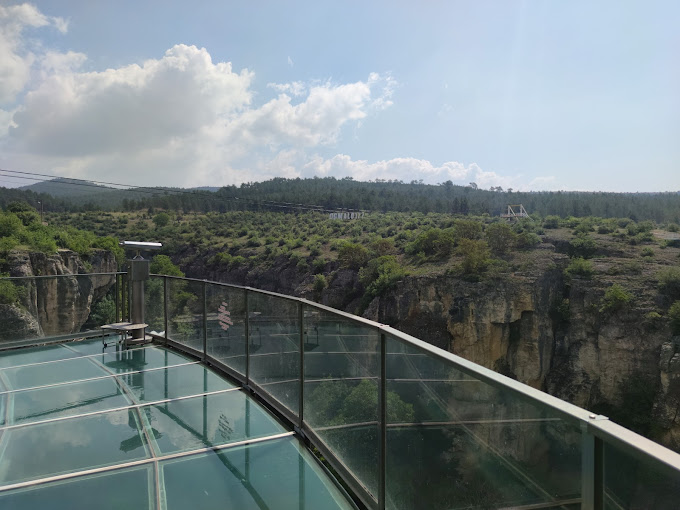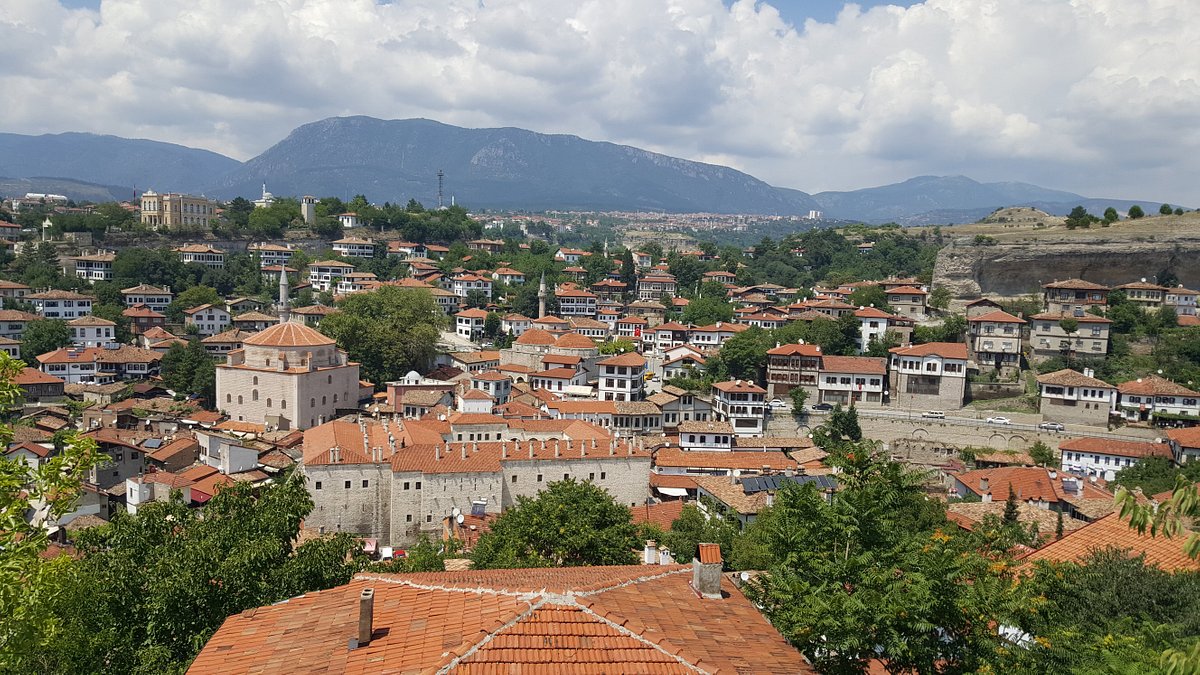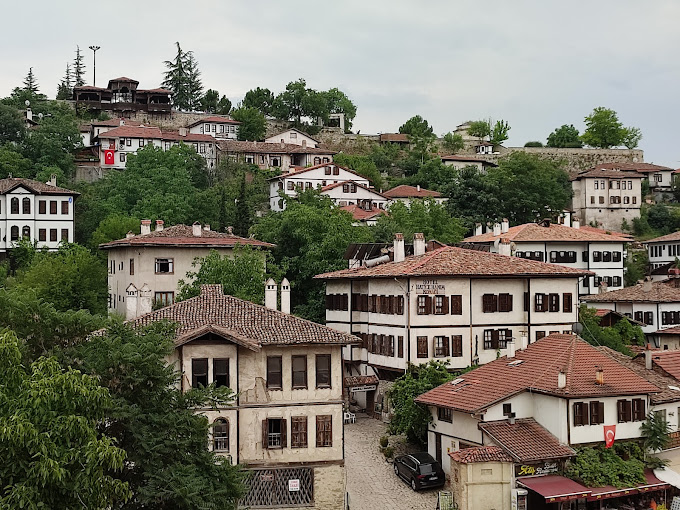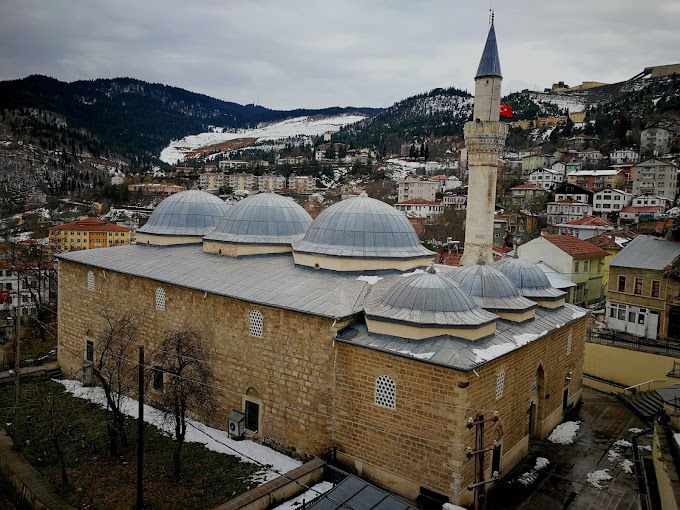Museum Of Trabzon
The architecture and decorations used in this building reflect the 150-year-old baroque rococo tradition of Europe that became popular when the Ottoman Empire was slowly abandoning its own artistic and architectural characteristics. The unique use of these styles, which were preferred by palace architects, makes this mansion the only outstanding example of its kind in the city of Trabzon .
The baroque style is an art that adds a dynamic element, a depth of shape and structuralism to the artistic view. It reflects European art. The effect of the 19th century industrial revolution in changing the appearances of the buildings and the attempts to revive the old values was widespread among all Western societies; however, this had not been enough to keep the Western effects away from building. The examples of the palaces and mansions that were built with this baroque/rococo influence during the late Ottoman time and that are now called National Palaces could be listed chronologically as follows:
Aynali Konak Kasr, Dolmabahçe Palace (1842-1856), Ihlamur Kasri (1849-1855), Kuçuksu Kasri (1856-1857), Maslak Kasrs (1861-1865), and Yildiz Sale Kiosk (1st section, 1879-1880; 2nd section, 1889; 3rd section, 1898). The Kostaki Mansion , which is reorganised as the Trabzon Museum , is also a fine example of this rococo (little baroque) tradition. Just as it is true for all those examples given above, the architects and hand-drawing artists of the Kostaki Mansion are Italian. The impression of desire and eternity beyond limits are related with the baroque style. The imaginary scenes, impressive portraits inside the domes and on the walls serve that aim, while the art work becomes more of a decorative element.
As a remarkable effect of baroque/rococo tradition, the main hall's four columns in the Kostaki Mansion were completed in the marmorina (imitation marble) technique. These columns were worked in the late Roman-period Corinthian style. Marmorina was also used in plaster mouldings on the ceilings in the mansion.
In reality, the eclectic architectural style that was used in this mansion is what makes it so special. As part of this style, the Ionic Hymation decoration blended with lotus-palmet lines at that level where the walls reach the ceiling are worth seeing. The effect of neo-classicism created with Venus Adonis and late Roman figures of Eros on the ceiling of the hall is breathtaking.
The griffons (mythological being-winged lion) that meet you on both sides as pass through the entrance, the art-nevo style handcrafts displayed on the glass frames in the centre of the entertainment hall, the artwork that were placed in the medallions and that depict the city walls and the Nemlioglu bridge in Degirmendere area are worth seeing.
The splendid ceiling decoration of the entertainment hall (which probably was the fortune telling room) with the zodiac, and the medallions around the centre of the ceiling with Zeus and Hermes's figures are really masterpieces. The fish and bread scenes together with wine bottles that decorate the ceiling of the dining room together with the fantastic craftsmanship practised for the service window tell us that they are the products of some elite artists.
Stone tiles in the mosaic technique were used on the floors in stone spaces of the building. The walls of the ground floor and the wall side of the stairways leading to the administrative floor are coated with leather or sometimes with wood up to 1 metre high from the floor. While the outside of the building reflects Italian architecture, the woodwork inside the building signals Russian craftsmanship.
Local stone blocks cut very neatly decorate the façade of the mansion while granite was used in the basement and rose andesite was preferred for the other parts. There are one-metre-high spaces between the sections. The interior of the mansion was designed in the Baghdadi technique with dominant use of timber.
The eclectic architectural style used in the mansion is also visible in the roof. The octagonal tower on the north east corner of the roof is covered with fish skin-like lead covers. The octagonal tower on the North West corner of the mansion has a conic dome covered with fish skin-like lead covers. The roof of the rectangular room with oval windows on the north-east corner of the storey is a terrace. A glass roof covers the entertainment hall on the ground floor. The other sections are covered with a roof of traditional red tiles.
This eclecticism can also be seen on the facade of the building. The doors of the balconies on the façade also serve as the light openings. The sizes of the rectangular windows vary depending on the size of the rooms. The functions of the window shutters are twofold: depending on the frequency of use, some shut horizontally some shut vertically. When they are not used at all they are hidden in the wall. In order to increase the architectural aestheticism, the tower placed on the south-eastern corner of the mansion is decorated with a line of blue tiles above the windows. Like the glasses used in the inner spaces, these tiles were also imported from Italy . The tyke (the goddess, protector of the cities) statue at the entrance of the front garden makes it clear that the influence of neo-classicism did continue with the garden setting too.
Among the other elements of the garden is the decorative pool with its rather different fountain at the south-eastern corner. The garden houses pine and palm trees with a large variation of flowers.





